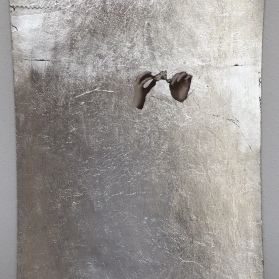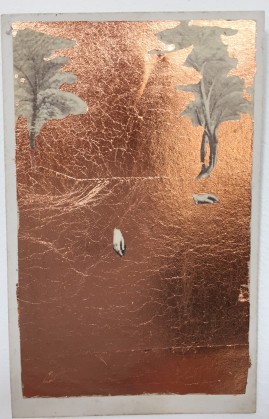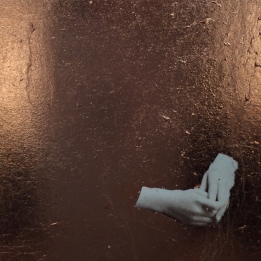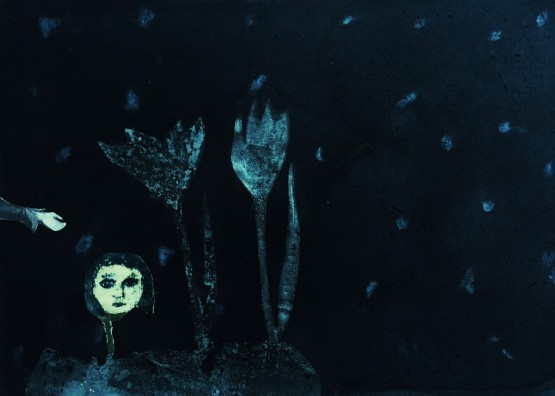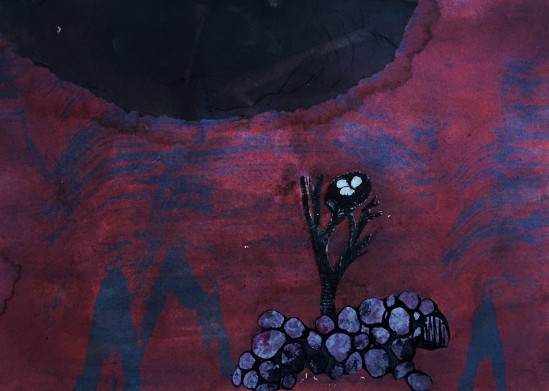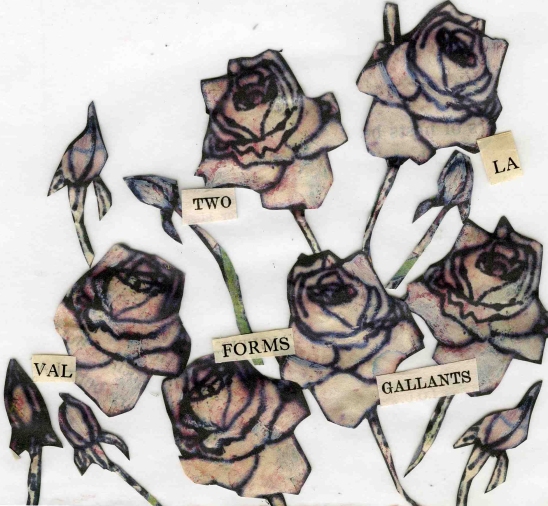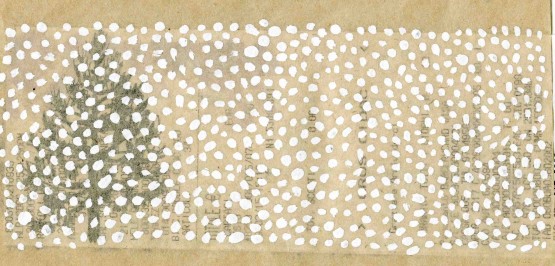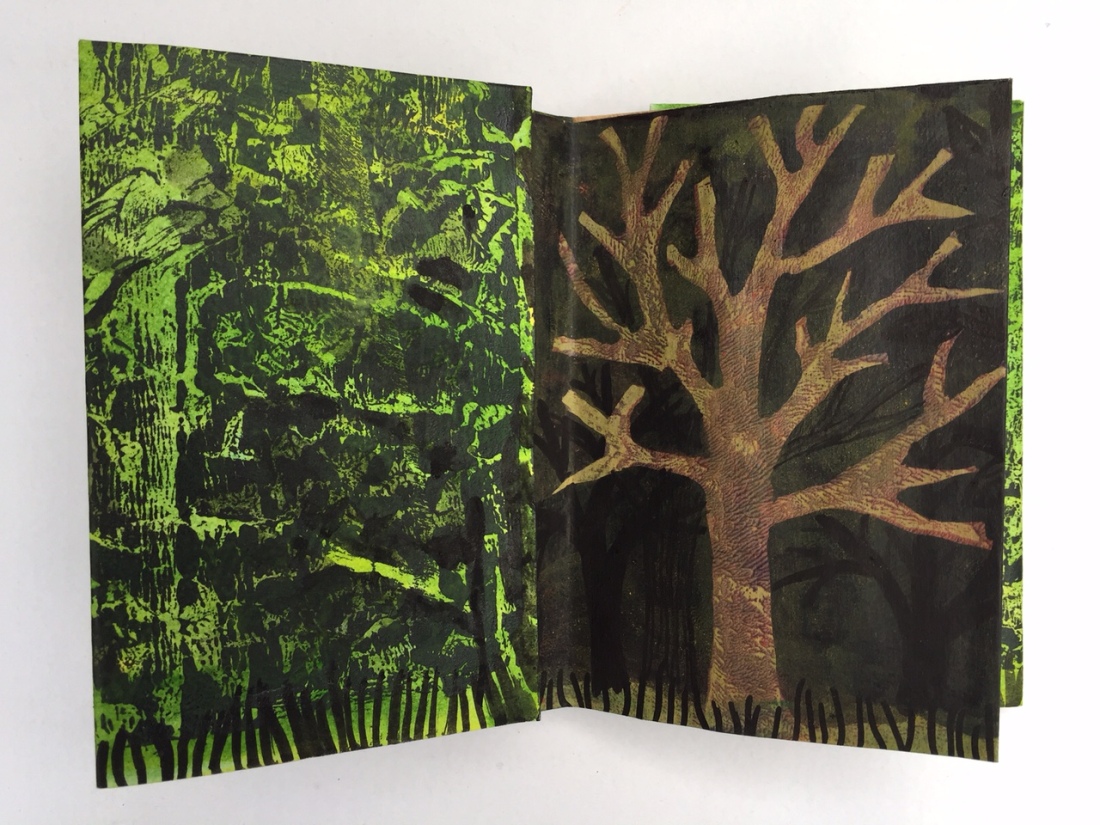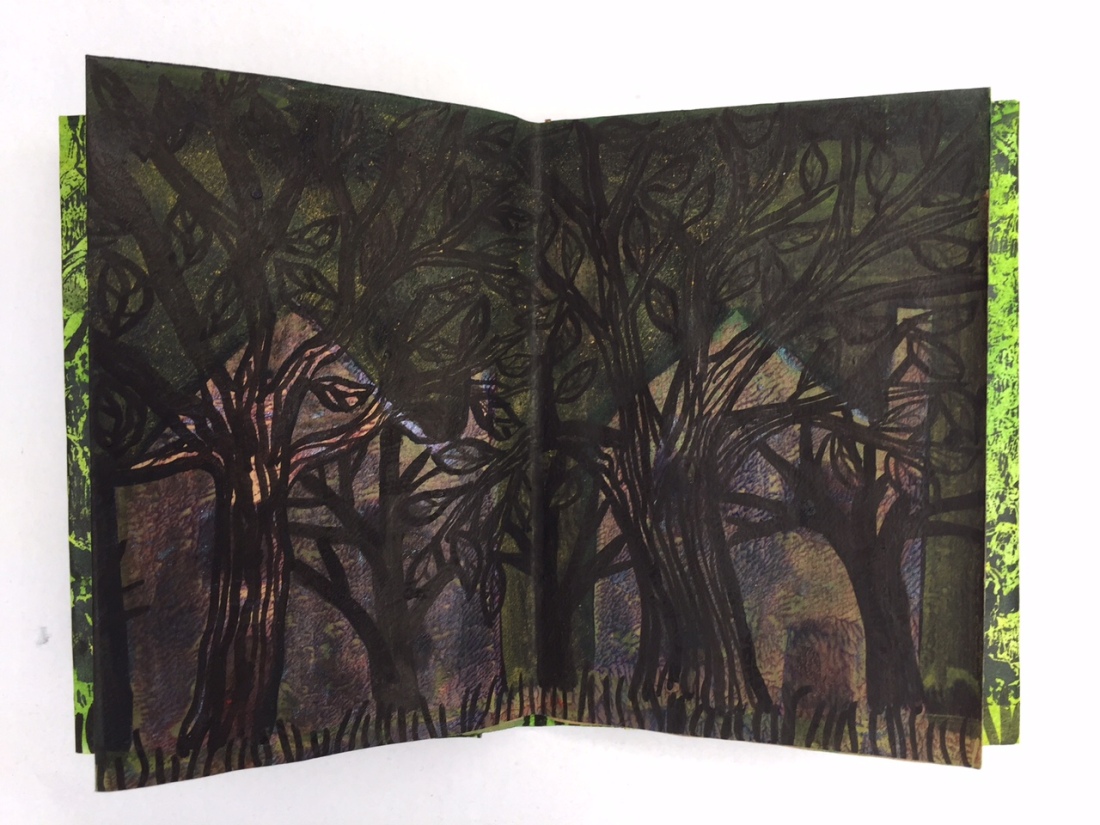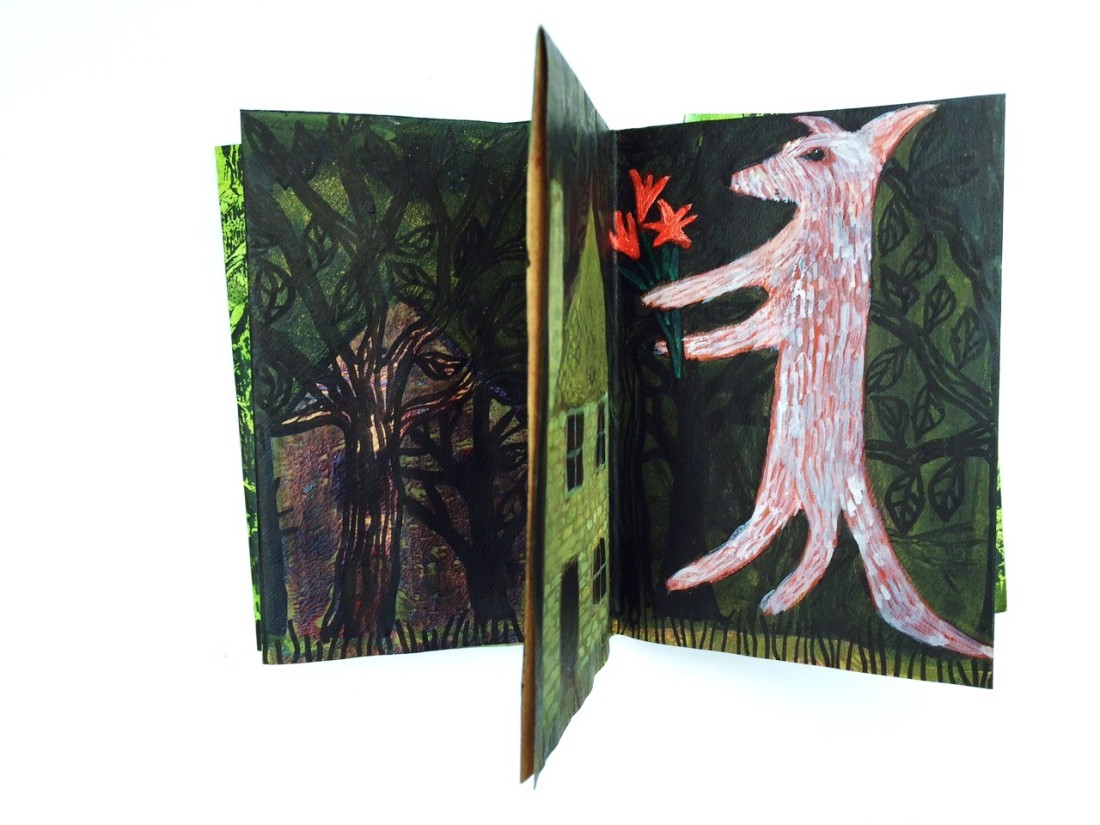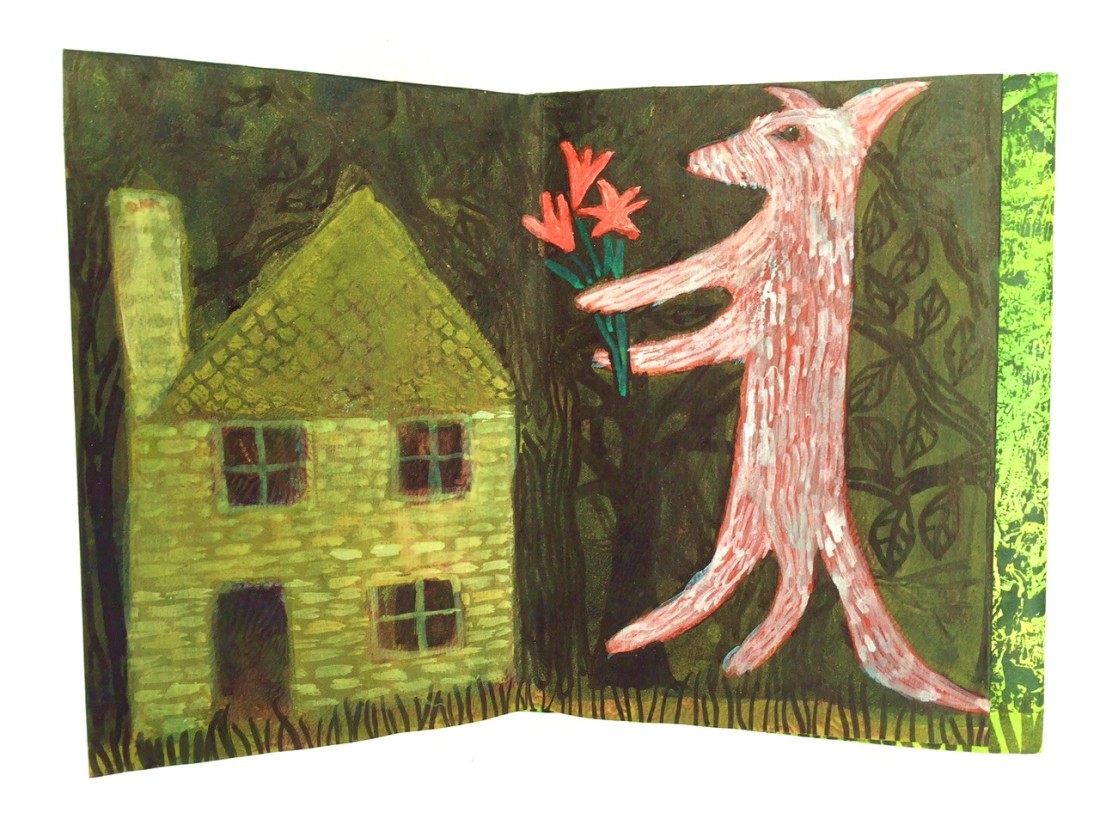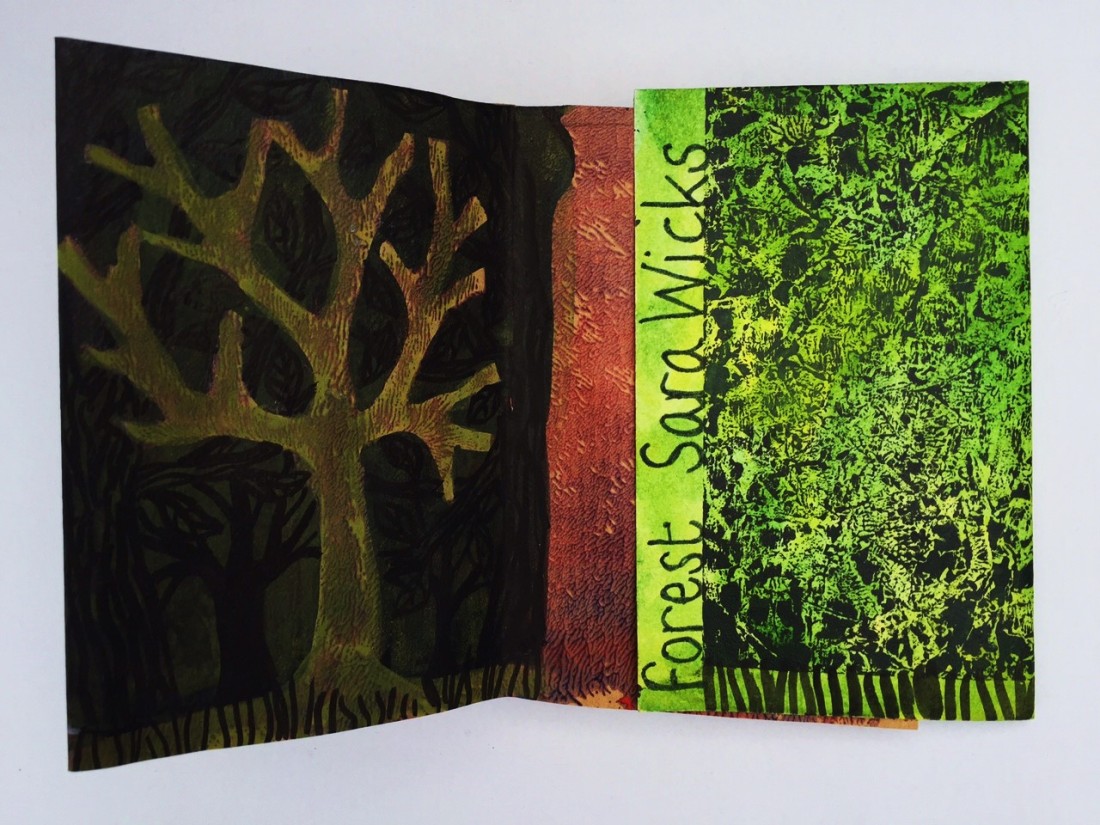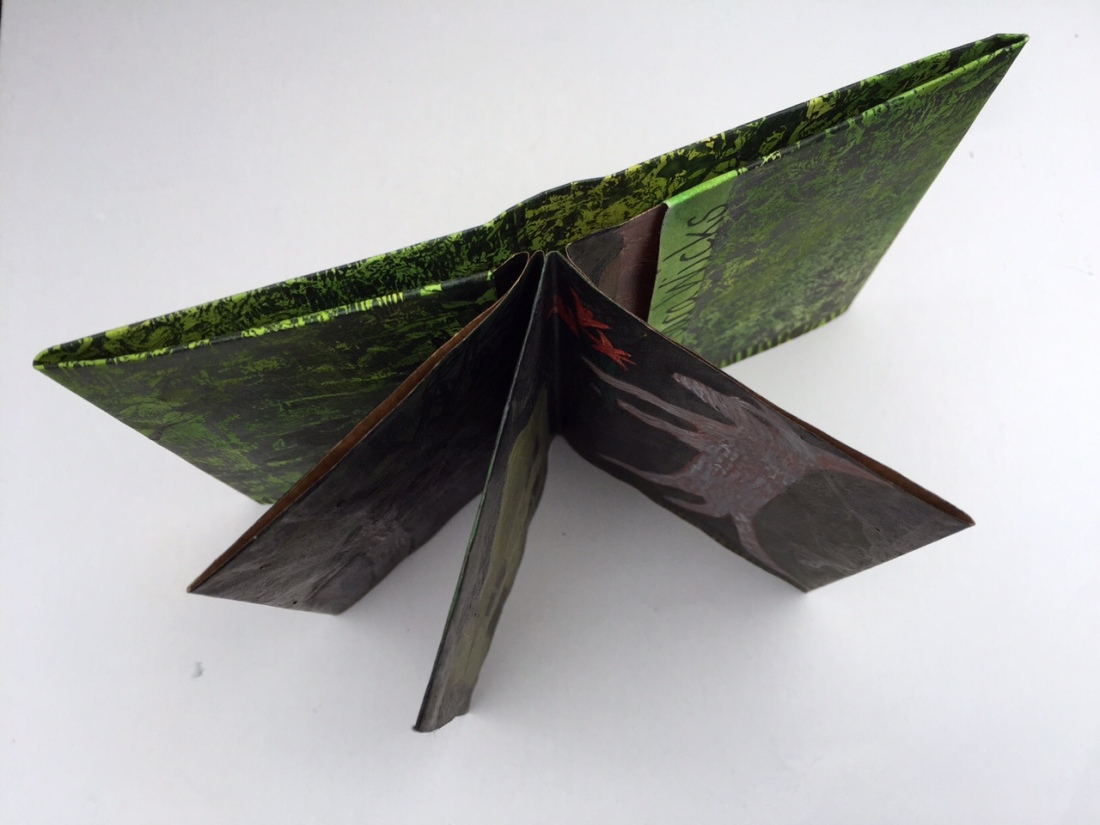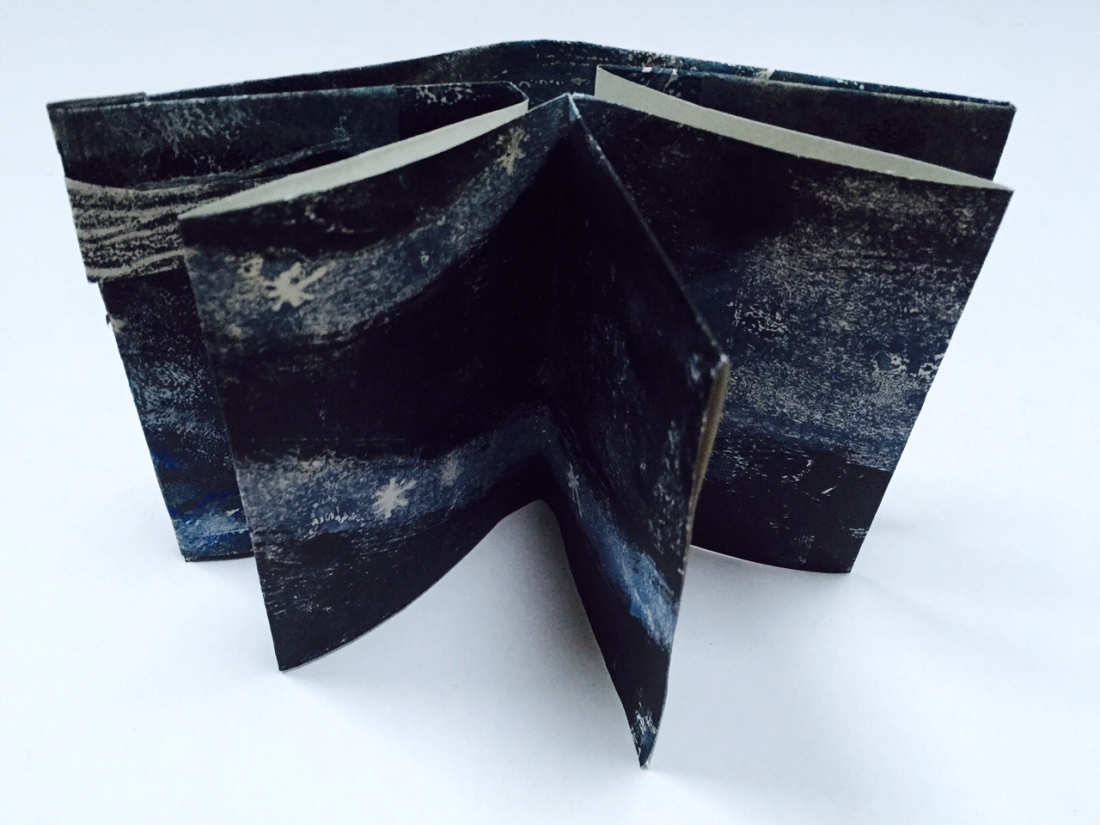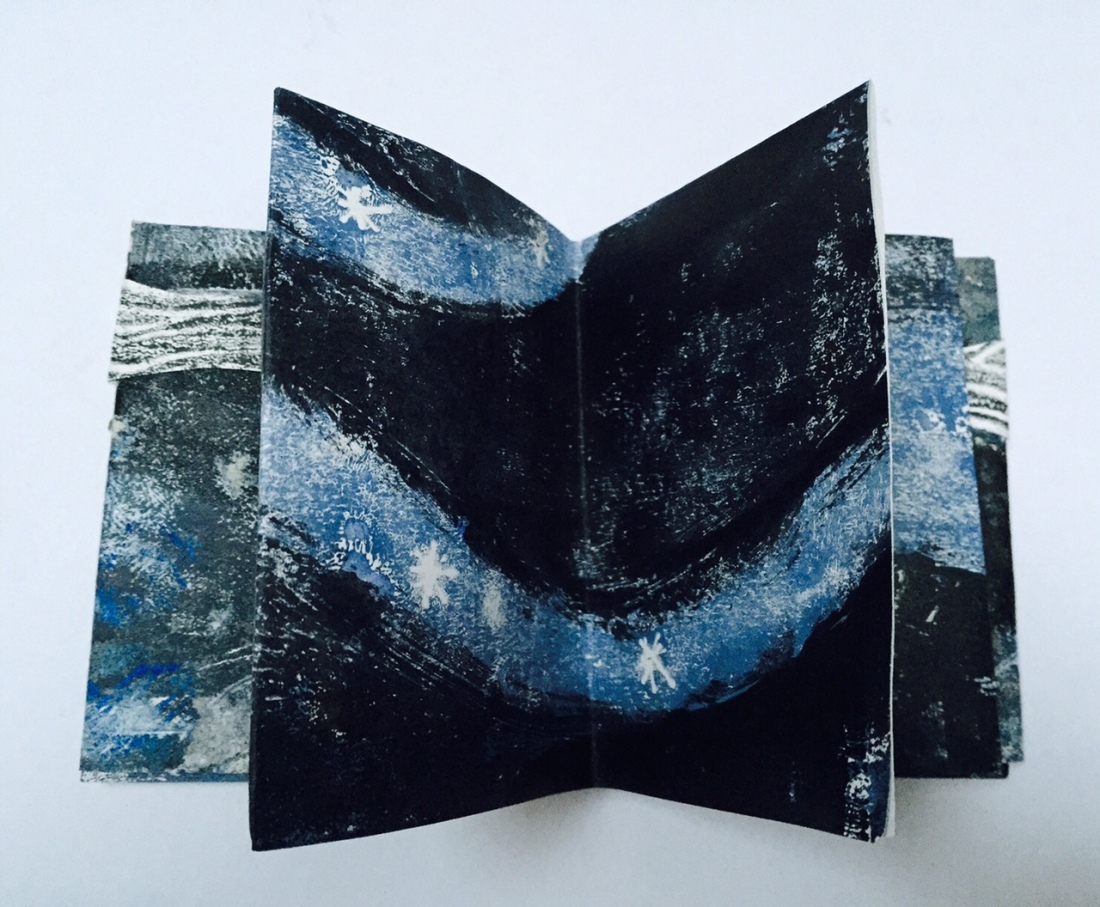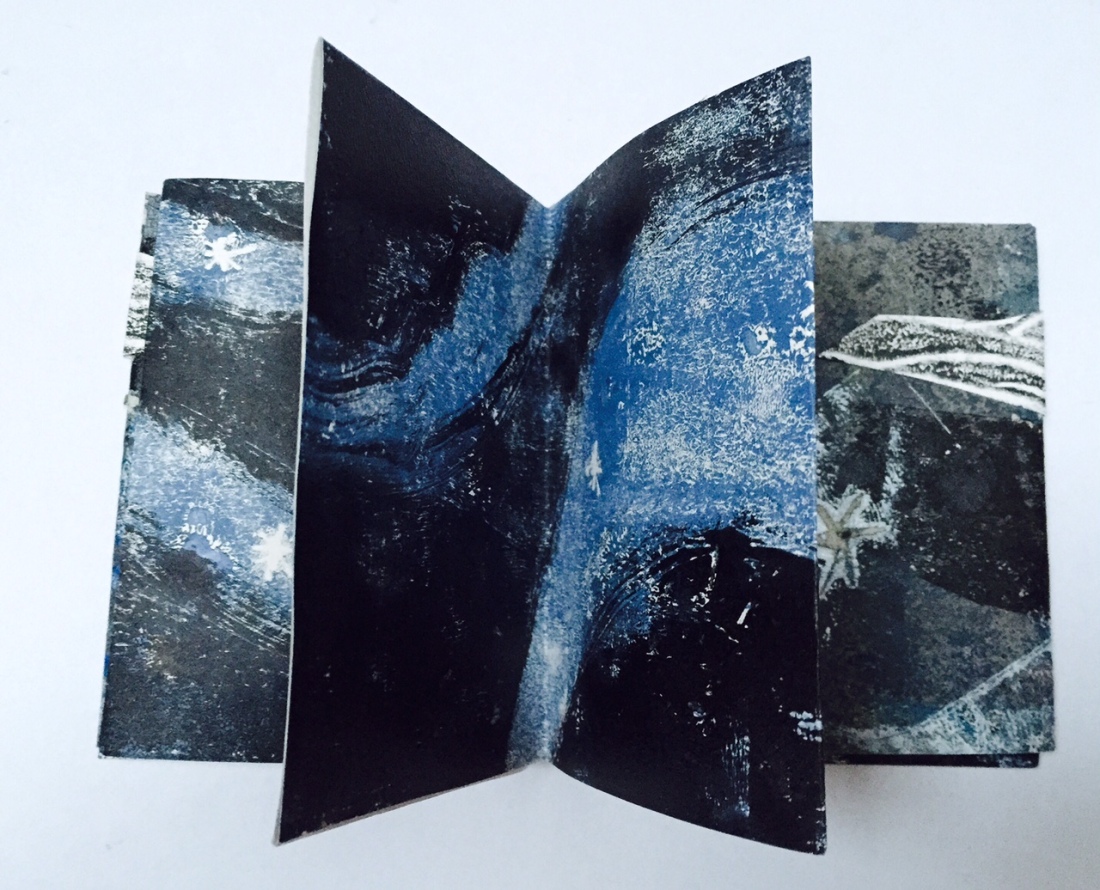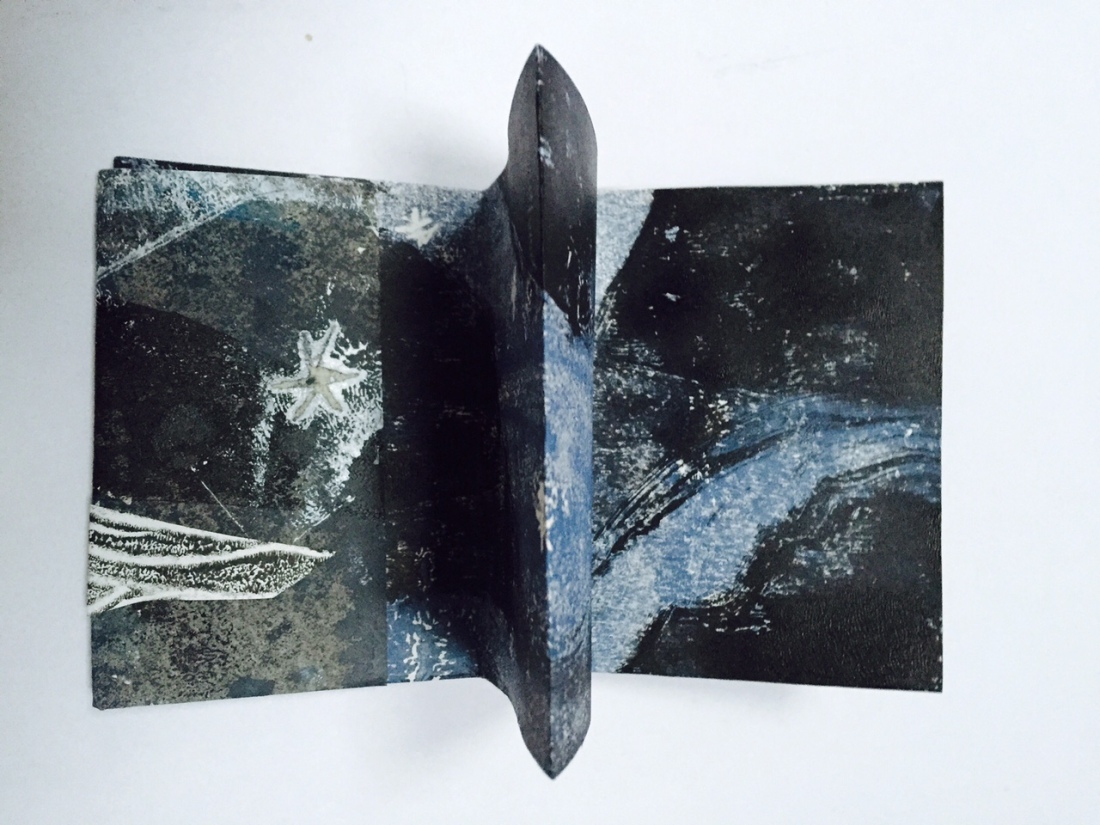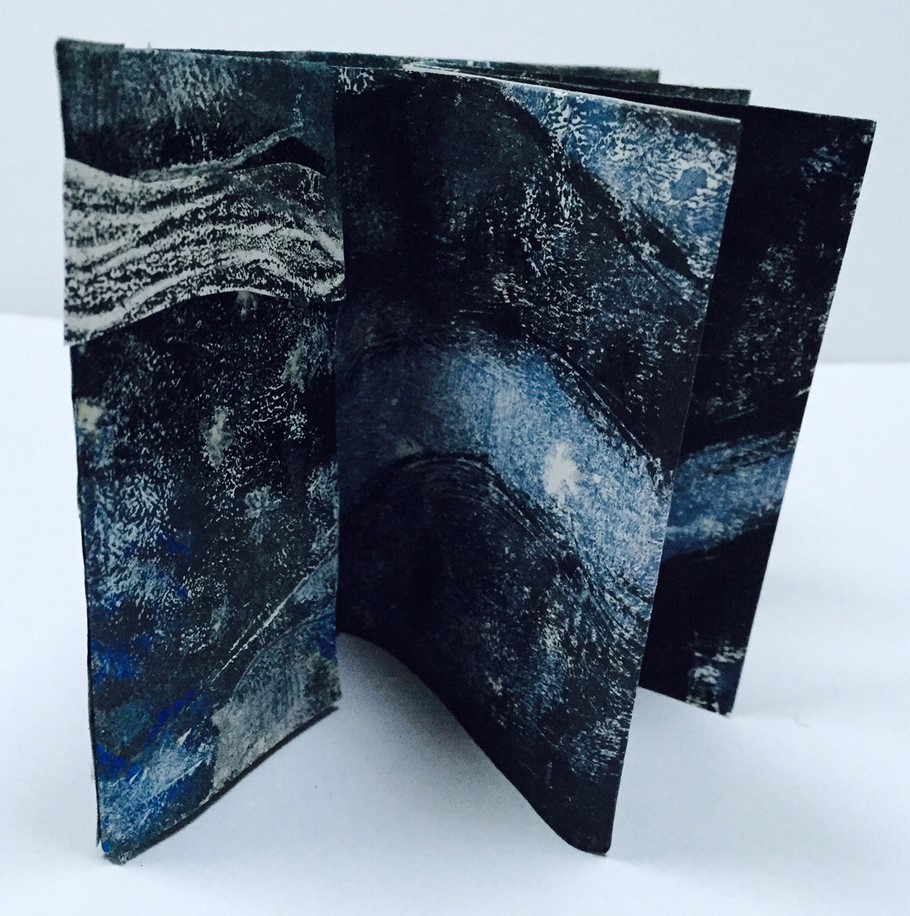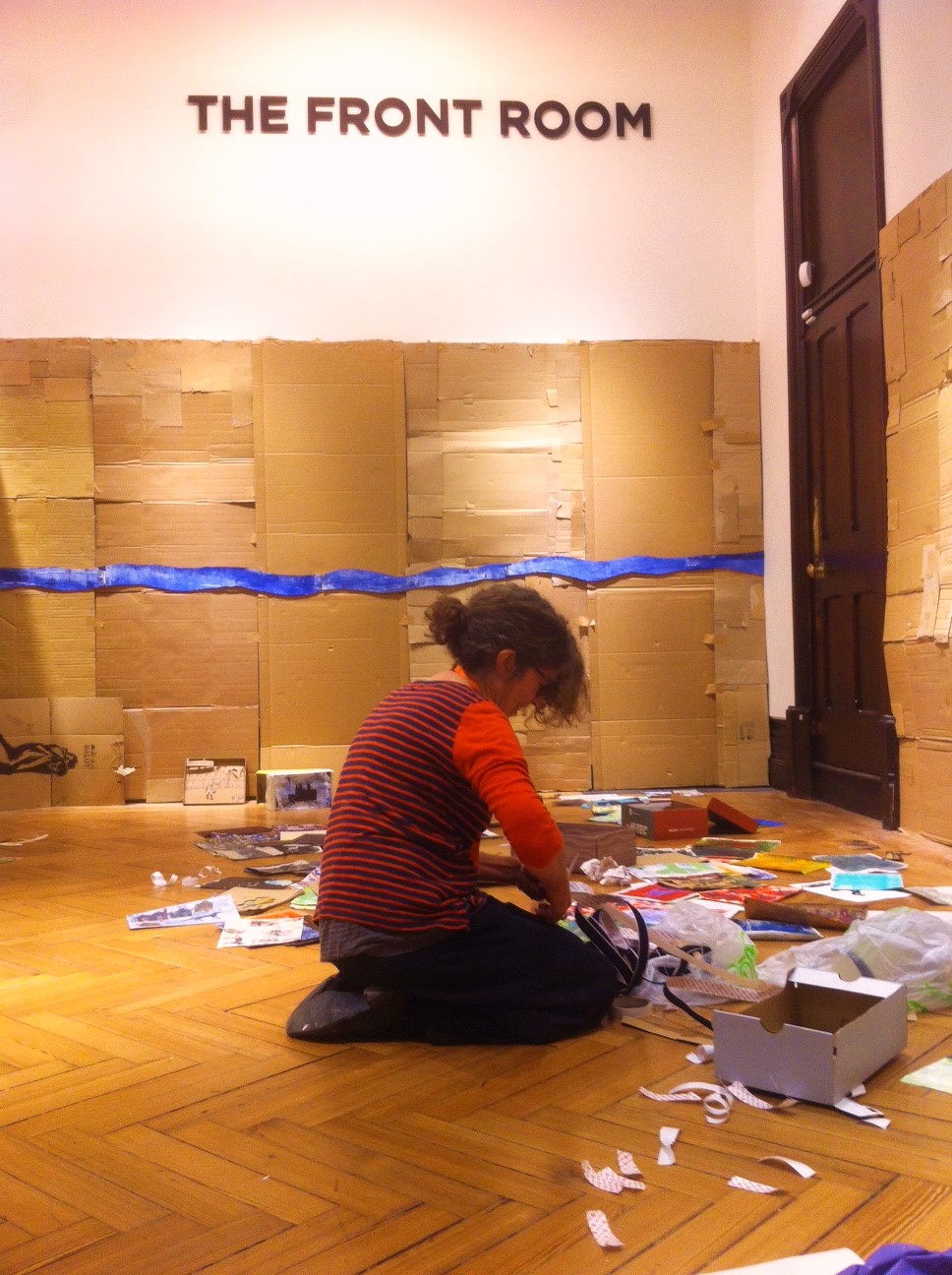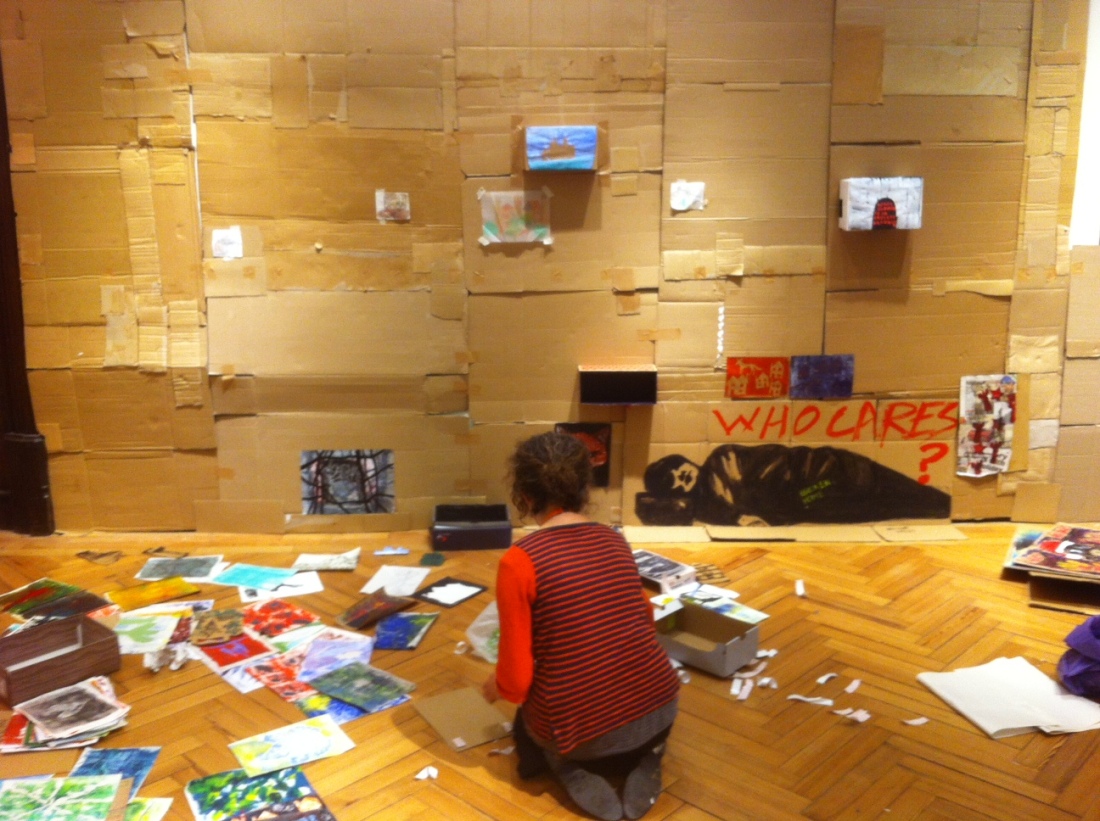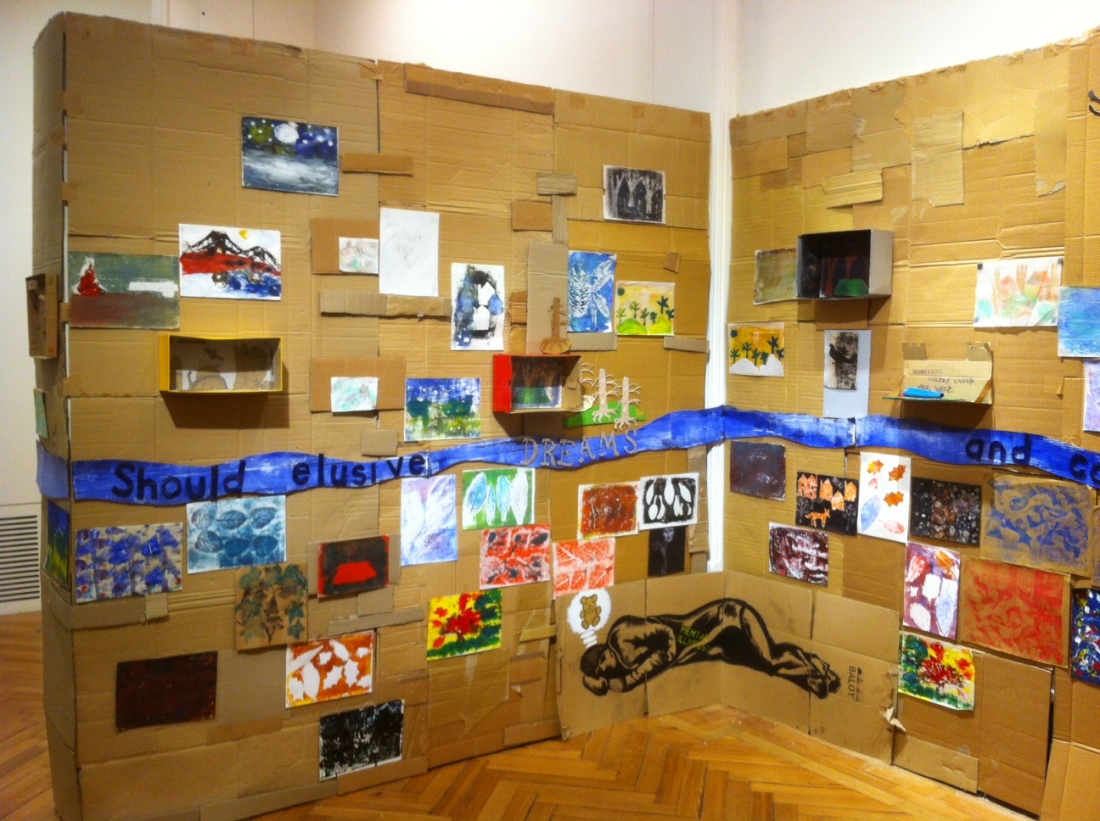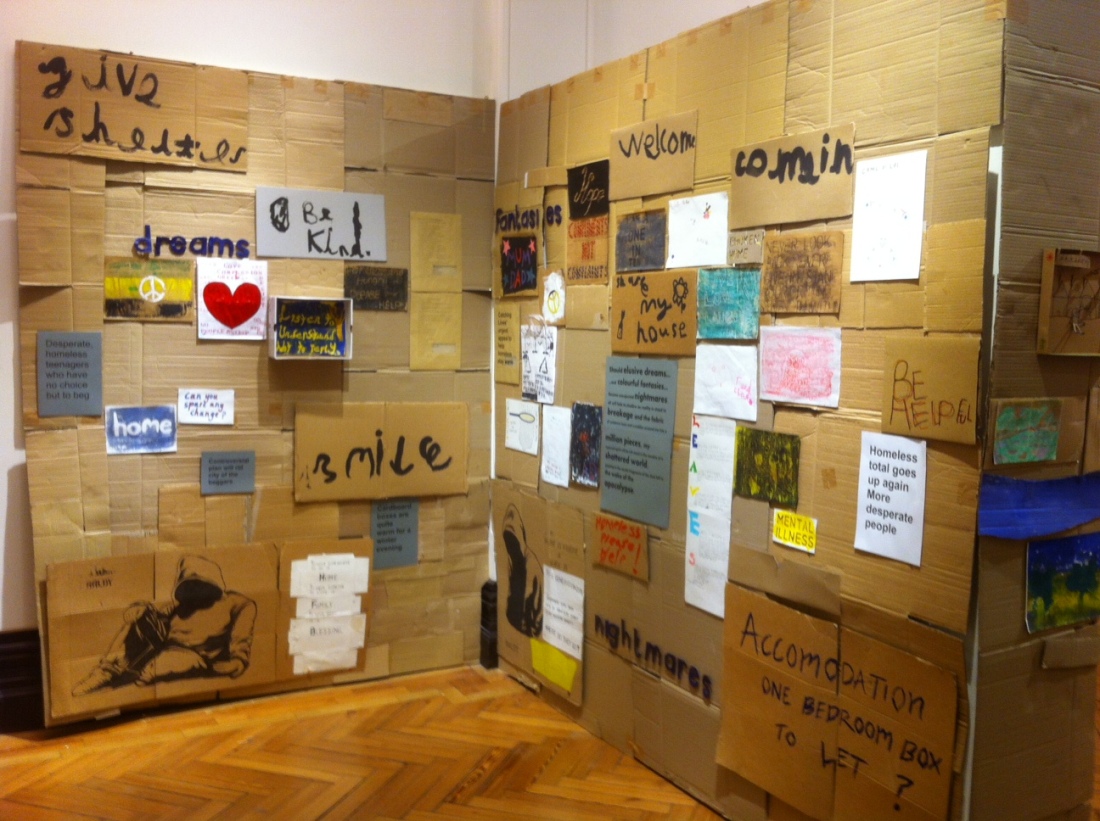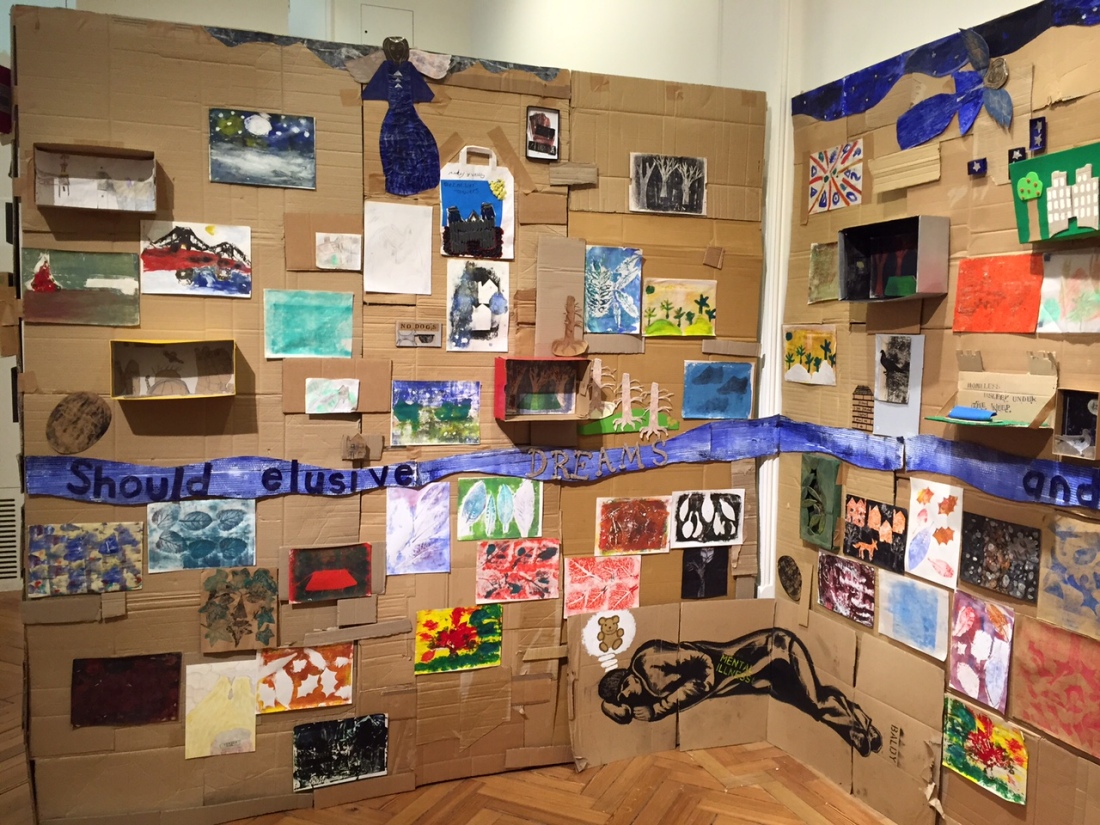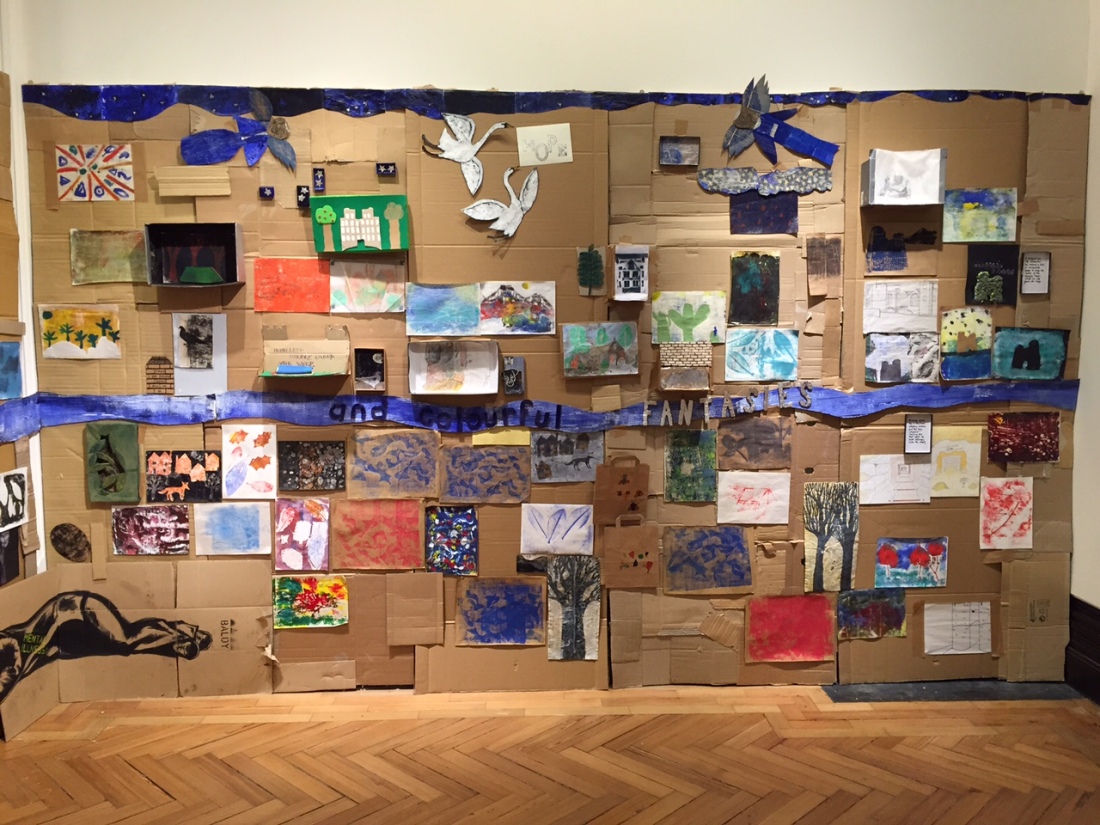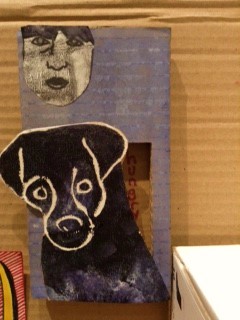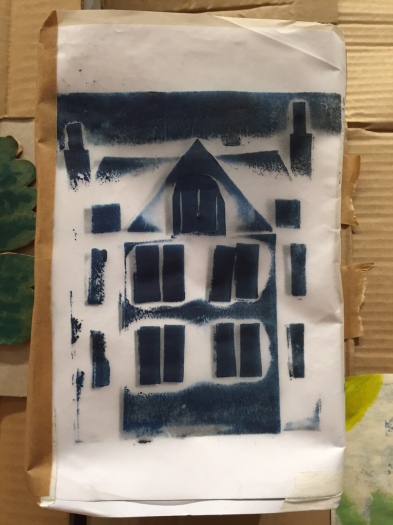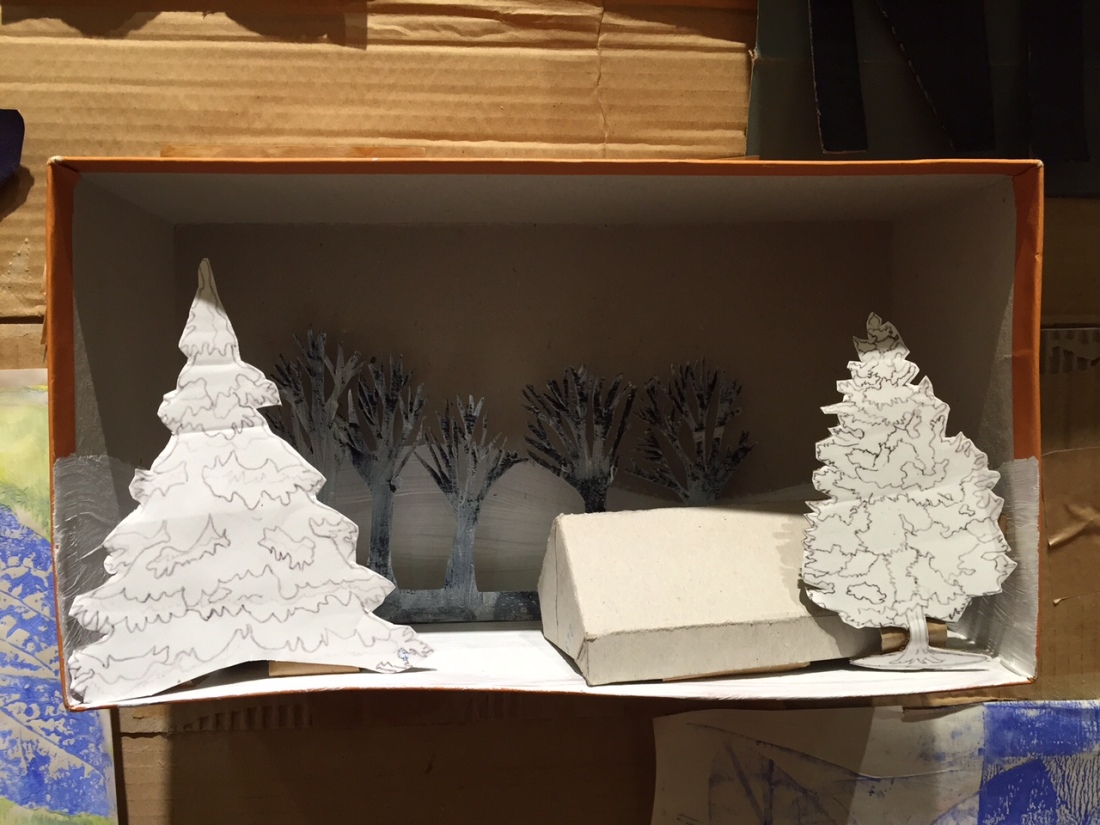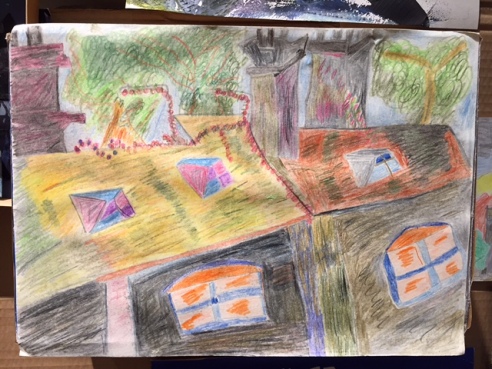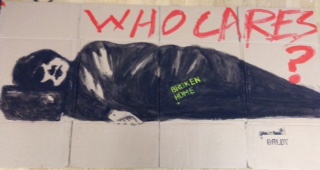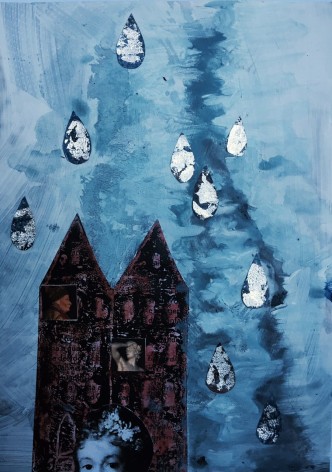
This work is inspired by a Grimm Brothers fairytale, “The Sea Hare”. It goes something like this:
A princess refused to marry and went to live in a magic tower with twelve windows. She told any would-be suitor that if he wanted to marry her, he had to hide from her. If she found him, he would lose his life.
Many suitors died: what they didn’t know was that from her twelve windows the princess could see everything in the world. Finally a huntsman decided to have a go at hiding from the princess. As he searched for a spot in the forest around the tower, he took aim at a bird, which he thought he would eat for his lunch. The bird asked the huntsman to spare its life in exchange for helping him find a hiding place, to which the huntsman agreed. The bird concealed the huntsman in an egg in its nest.
The princess looked through nine of her windows but could not see the huntsman. Finally, in the tenth window, she saw him hiding in the birds nest. She was impressed at his effort and gave him one more opportunity to hide from her.
As the huntsman looked for a second place to hide from the princess, he passed a lake, and cast a line and caught a fish. The fish pleaded with him to spare its life in exchange for hiding the huntsman, to which he again agreed. The fish took the huntsman to the bottom of the lake and concealed him in the sand.
This time the princess looked through ten windows but could not see the huntsman. Finally, in the eleventh window she saw him at the bottom of the lake.Again, she was impressed, and gave him one final chance to hide from her.
The huntsman walked once more through the forest by the princess’ tower looking for a hiding place. He saw a fox and decided to shoot it: again, the fox pleaded for him to spare its life in exchange for help, to which the huntsman agreed. The fox transformed himself into a peddlar and changed the huntsman into a pretty sea hare: he took the huntsman/hare and knocked at the door of the princess’ tower. The princess was enchanted by the sea -hare and wanted to buy it: as she fetched her purse, the fox told the huntsman/hare to hide behind her neck when she looked out of the windows.
The princess took the sea hare and went to search for the huntsman through her windows. She looked through ten of them and could see no sign of him. She looked through the eleventh window and still could not see him. Finally, as the princess went to look through the twelfth window, the hare/huntsman scampered up her shoulder and hid behind the back of her neck. The princess looked through the window but could see no sign of the huntsman .
The sea hare jumped down and transformed back into the huntsman. He married the princess and perhaps they lived happily ever after….
I have made twelve windows with different views out,consisting of my paintings/prints. cut and collaged, and contained in card boxes.
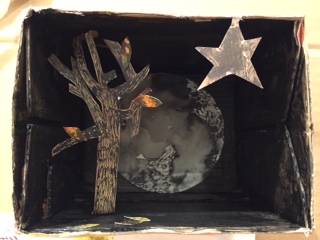
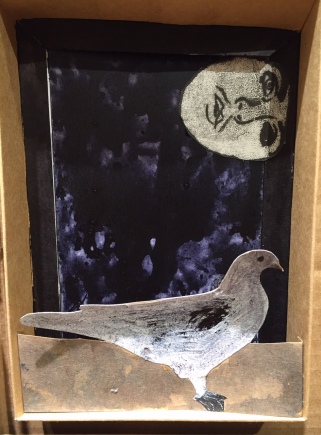
The twelfth window has a mirrored surface (with silver leaf )- so the viewer will see themselves in it, as well as the “princess”.
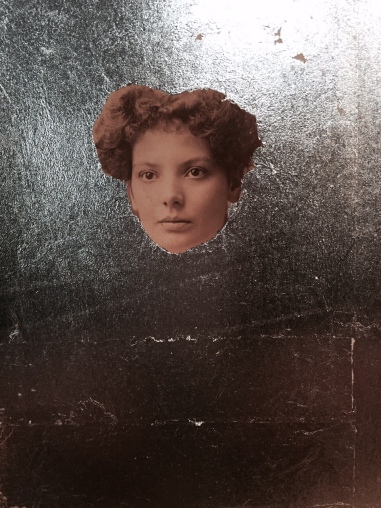
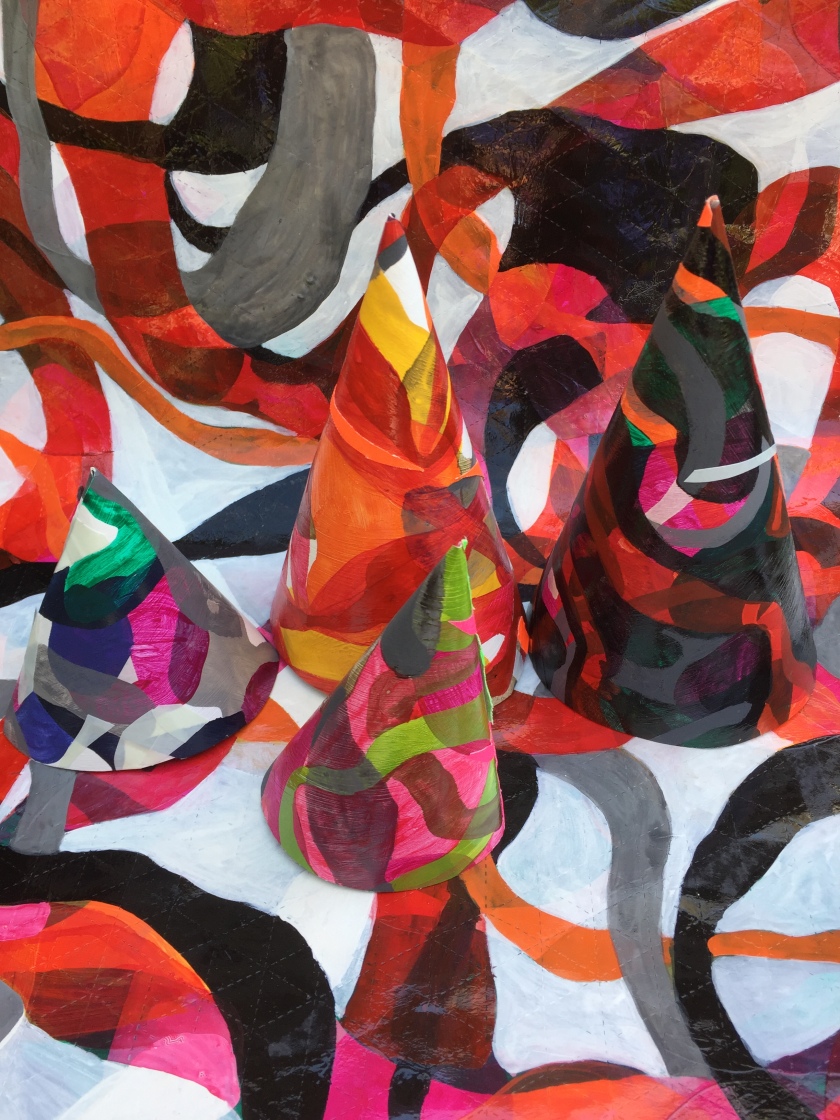
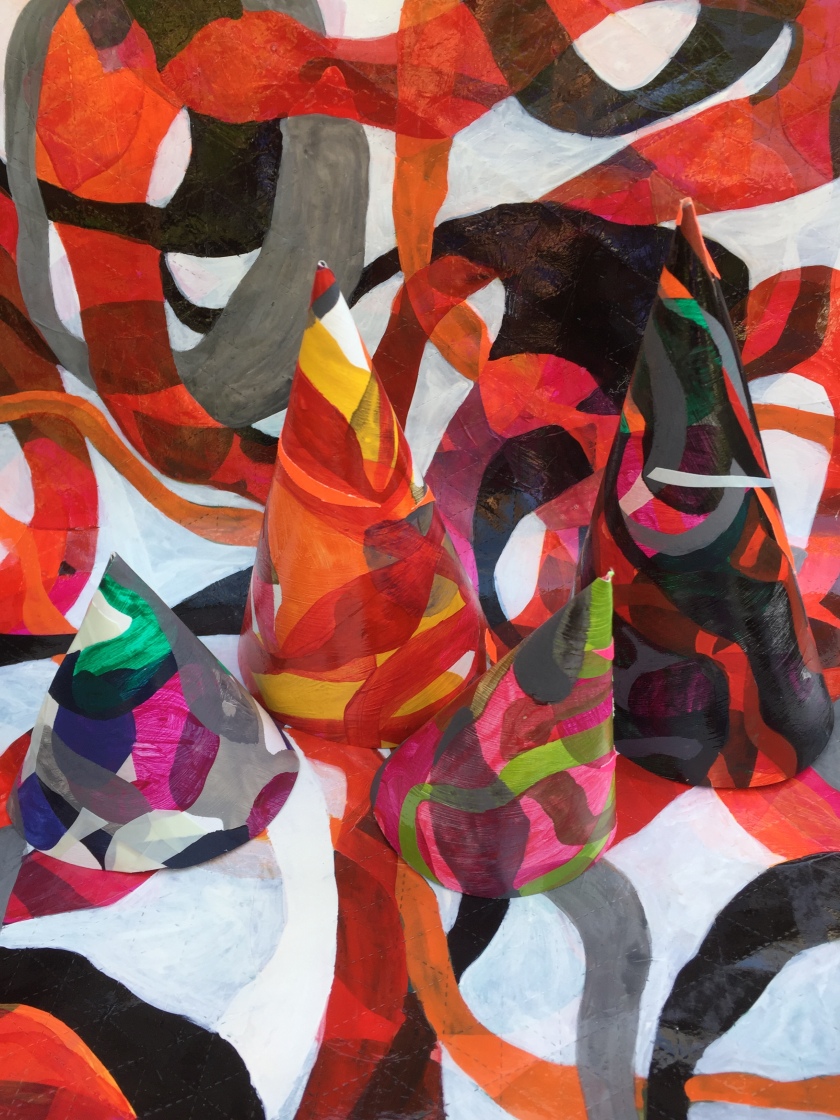
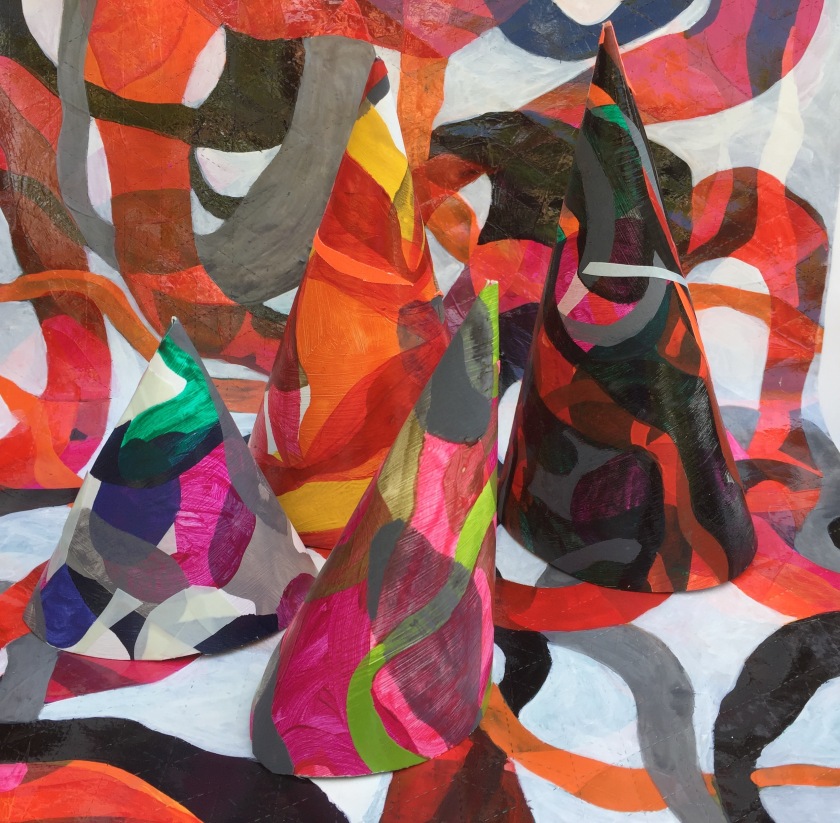
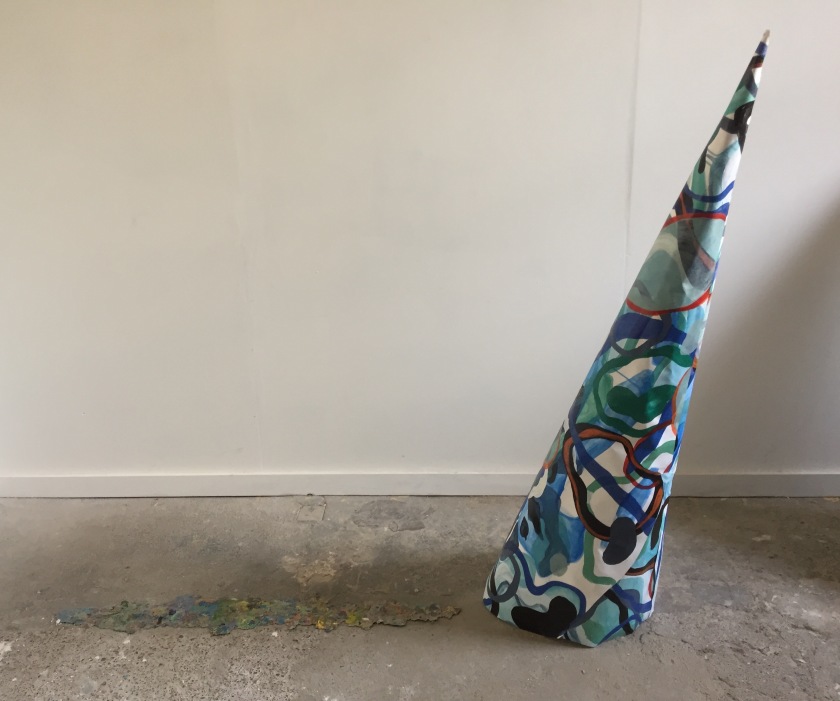
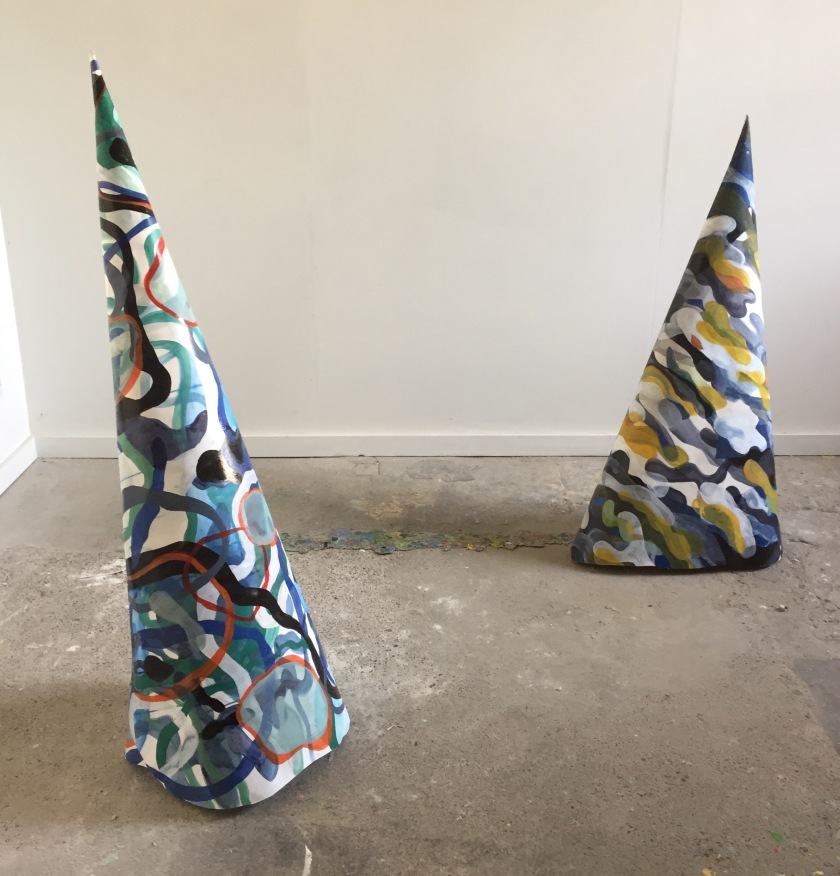
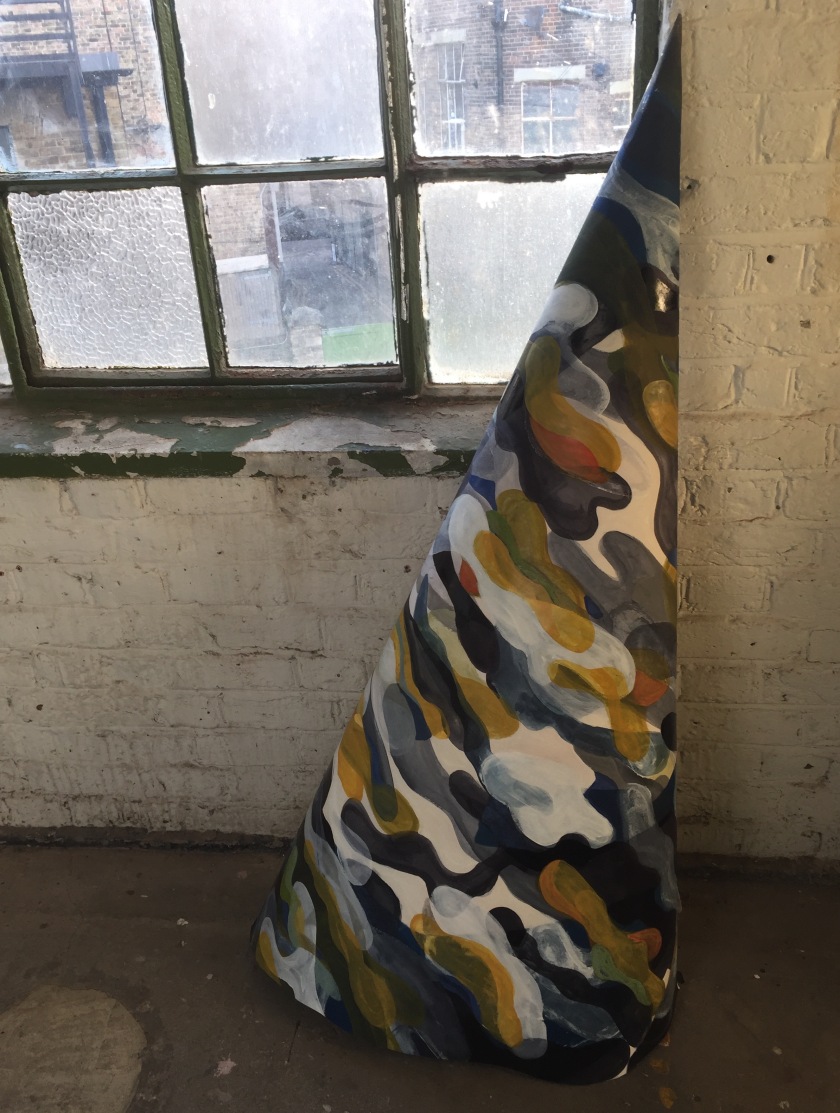
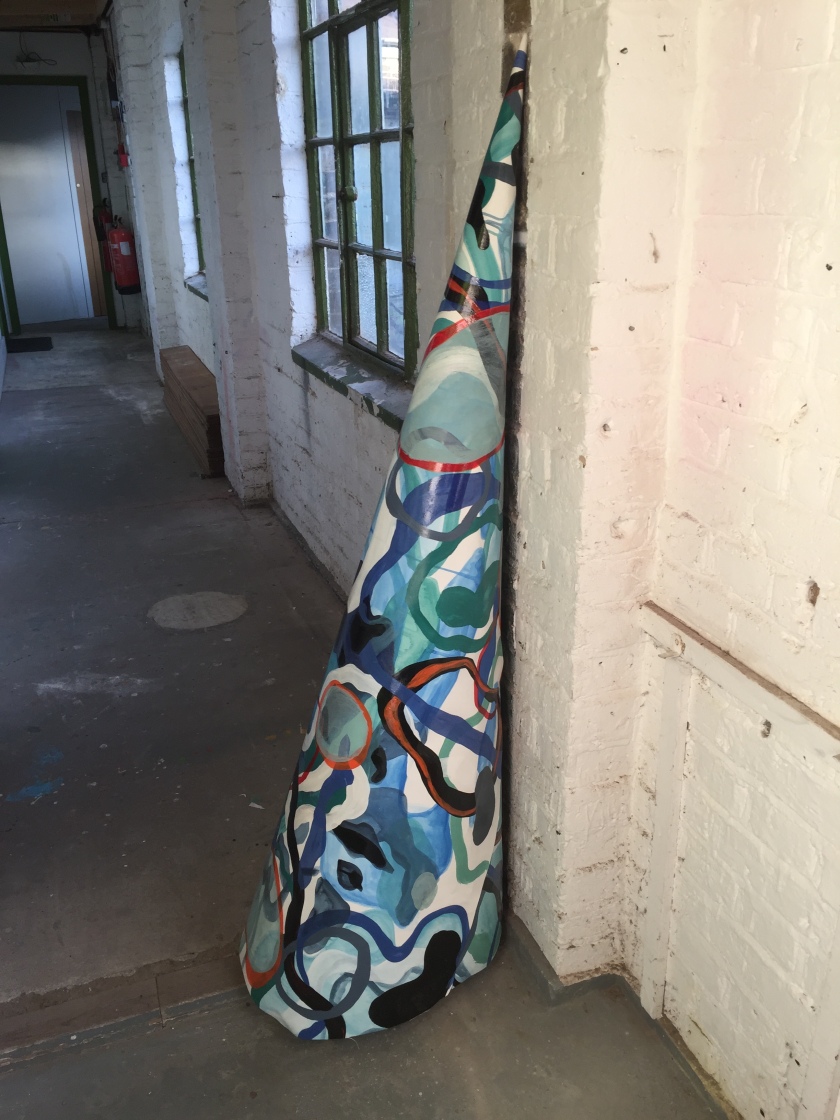
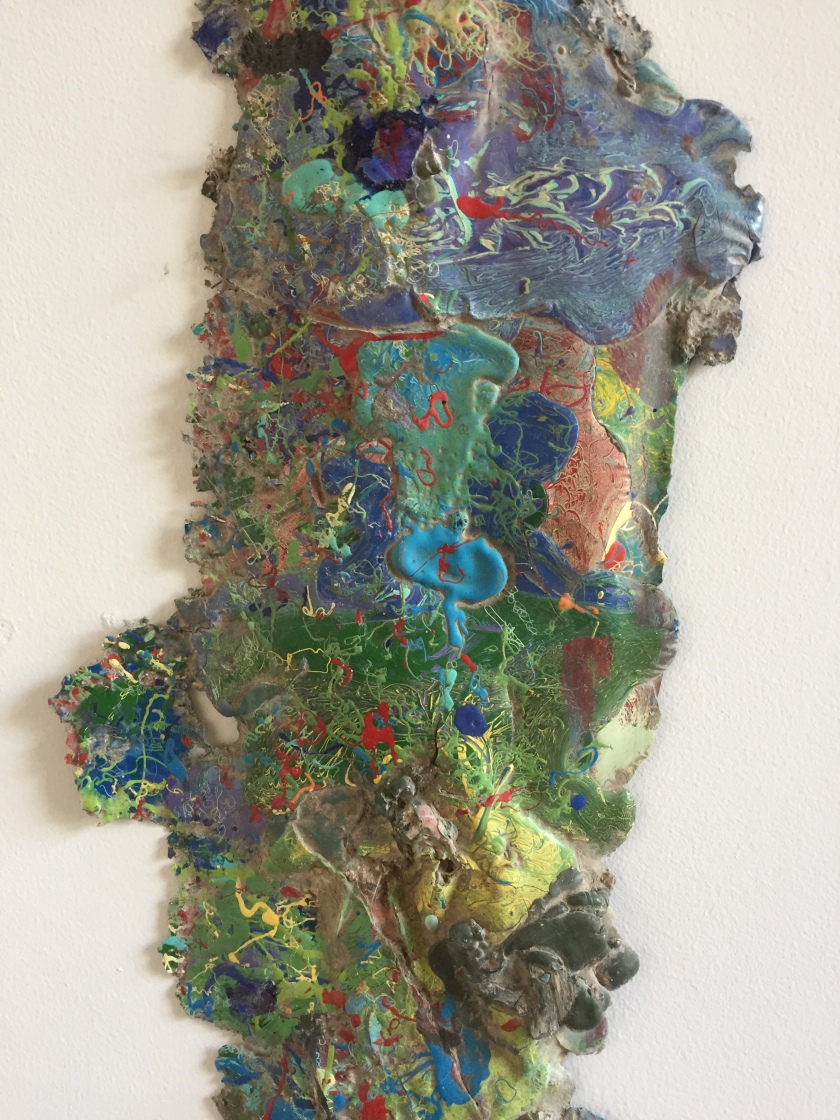 Large paintings manipulated into cone/mountain shapes, with detail of floor spill/shadow. Trying to test different installations for these-in the midst of a space or to”seep” against a wall
Large paintings manipulated into cone/mountain shapes, with detail of floor spill/shadow. Trying to test different installations for these-in the midst of a space or to”seep” against a wall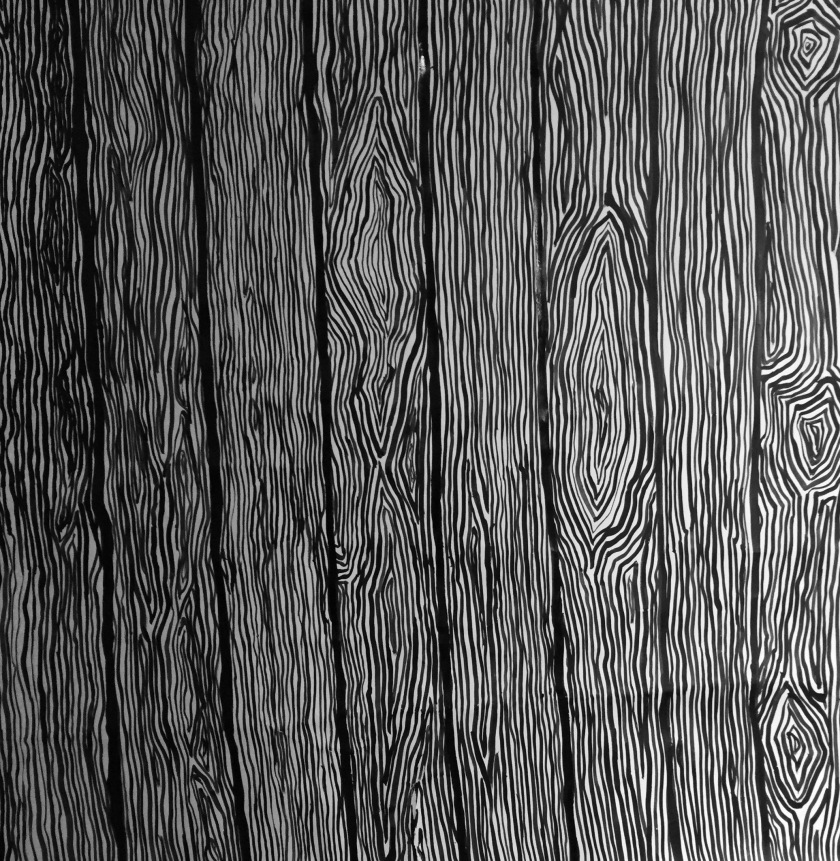
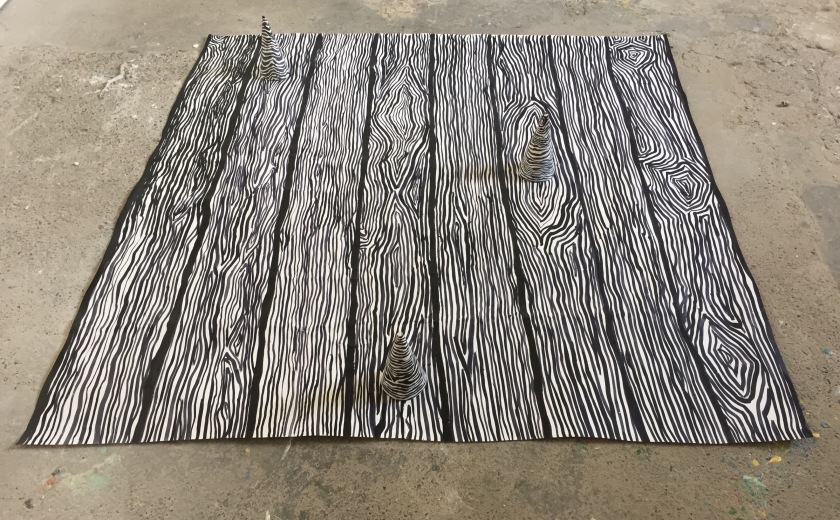
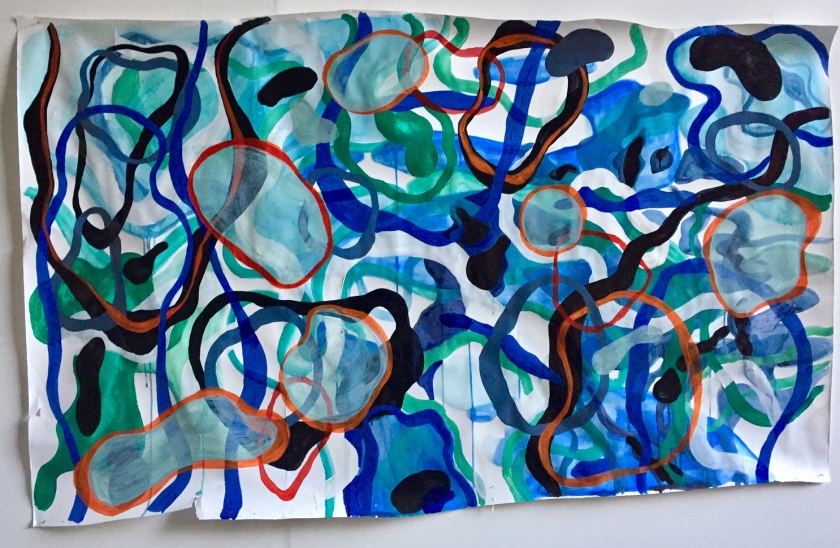
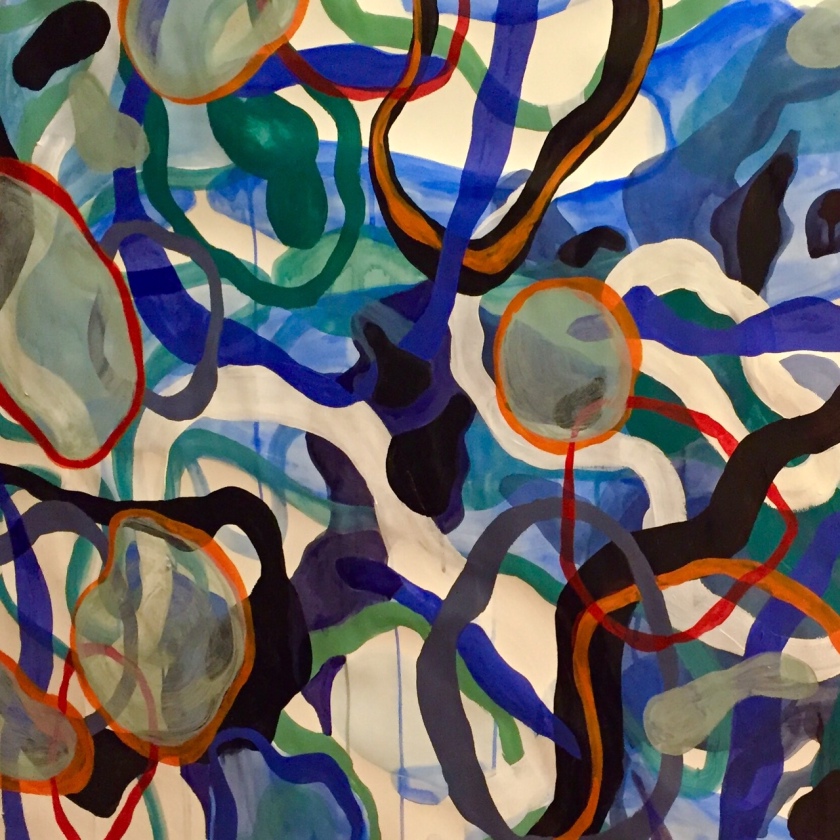
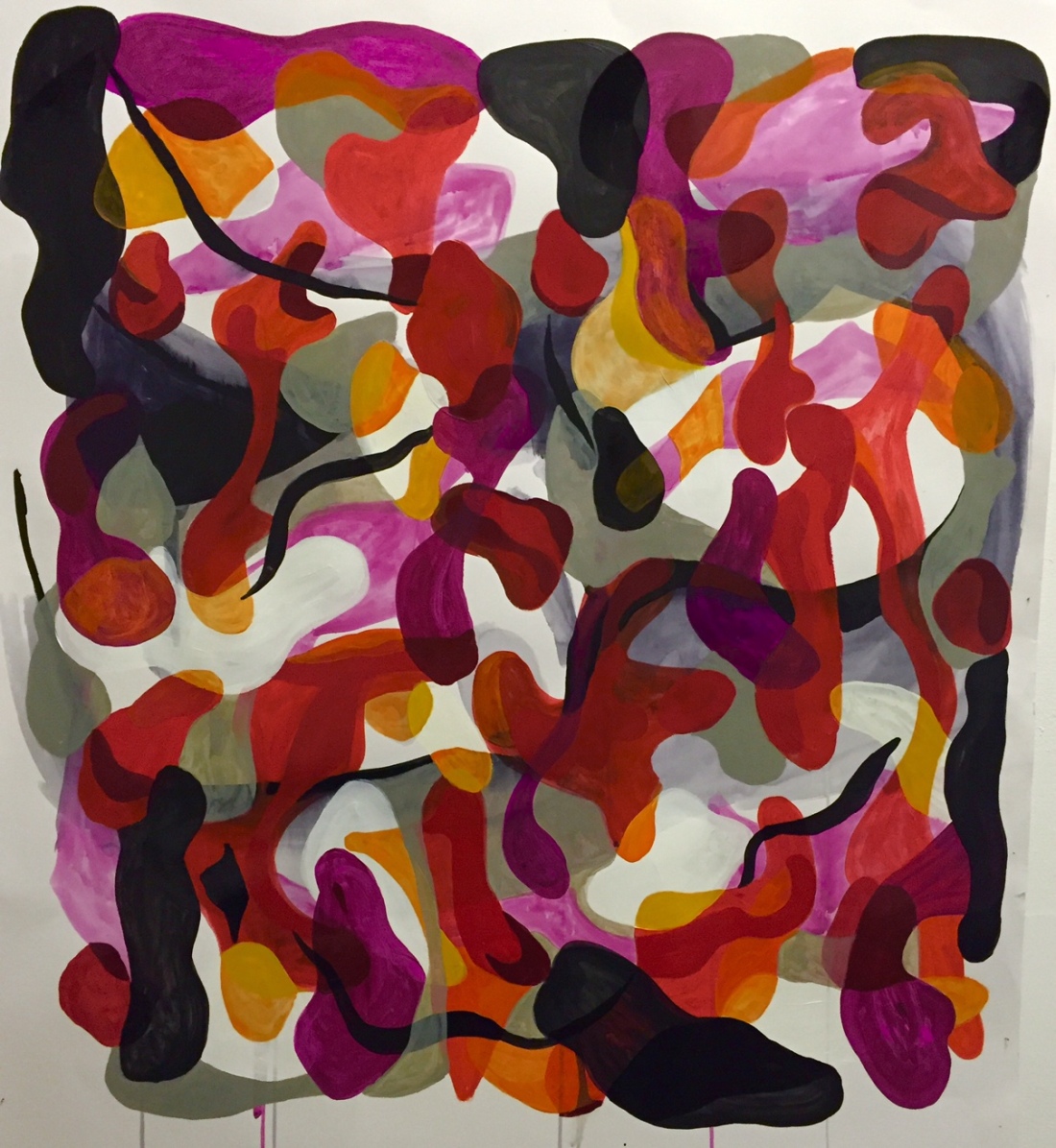
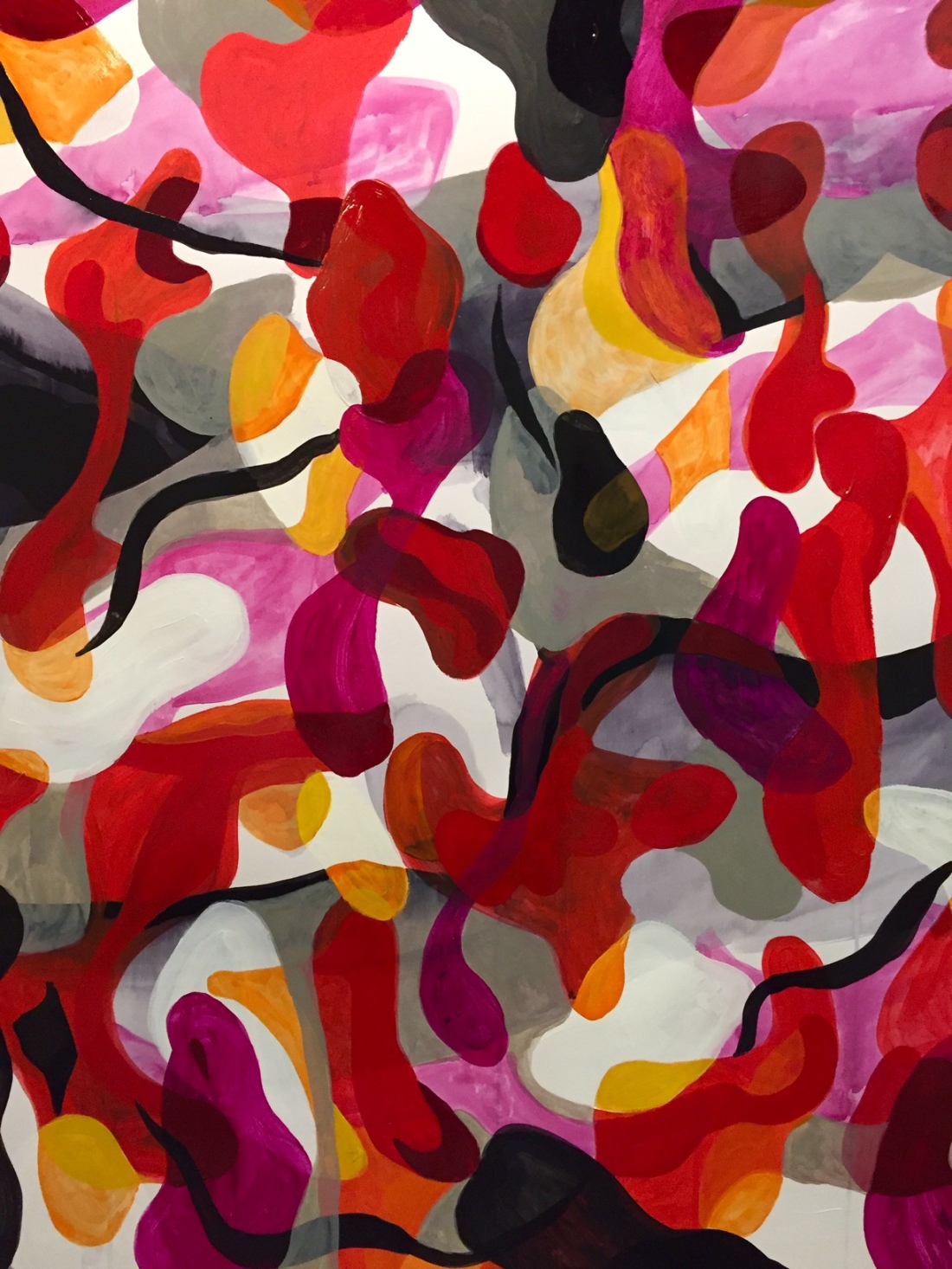
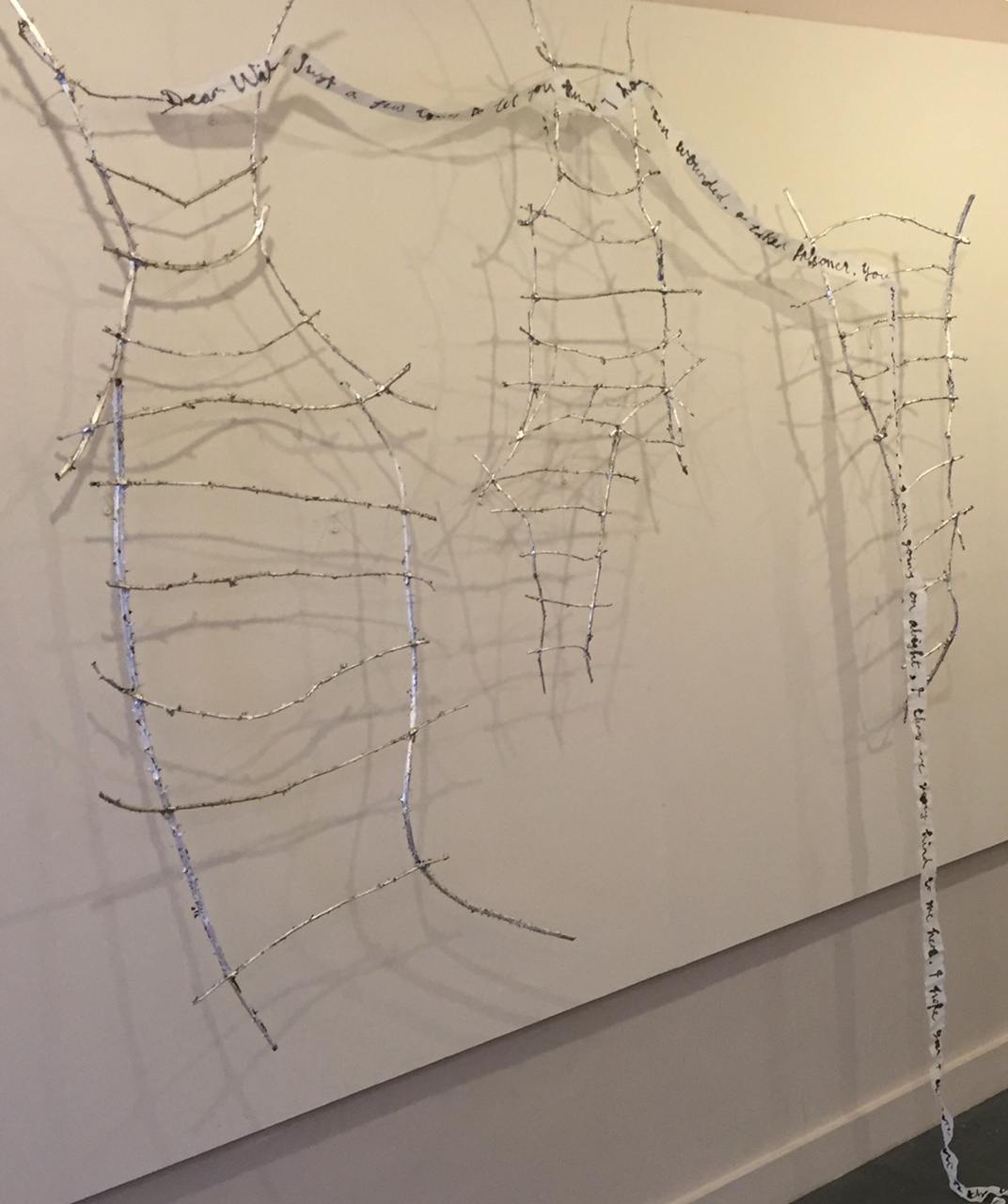
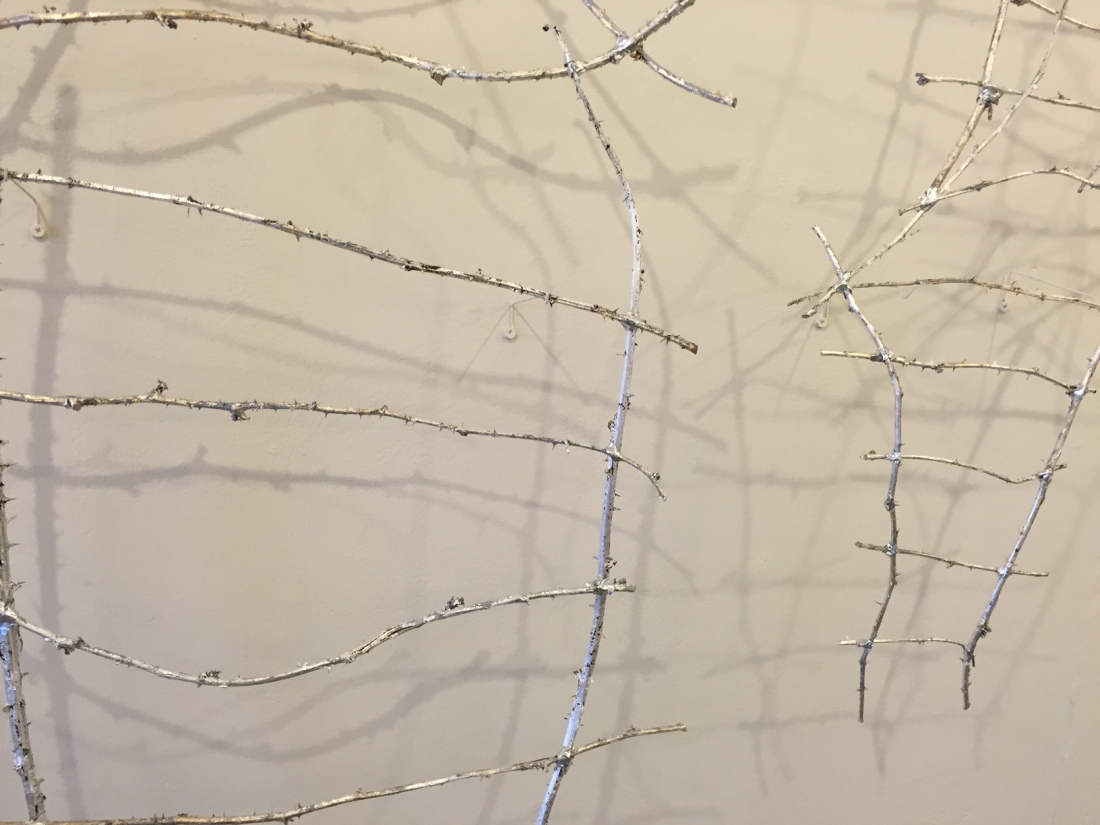
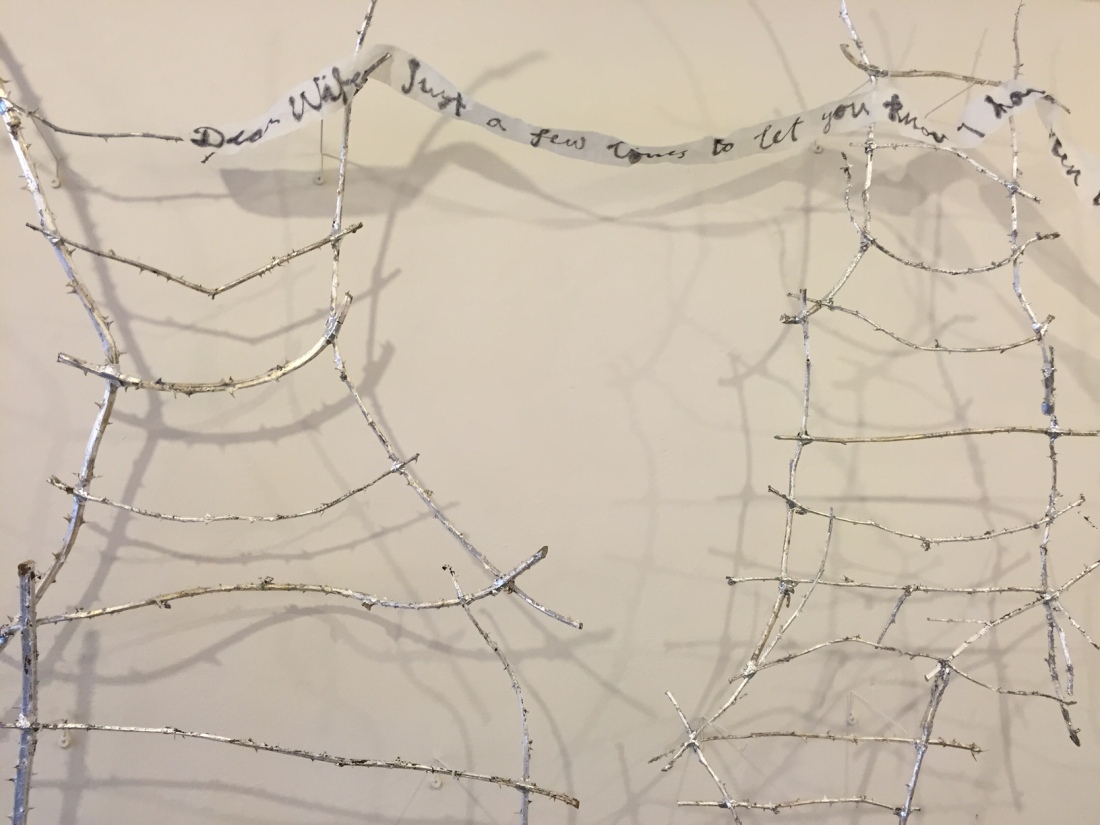
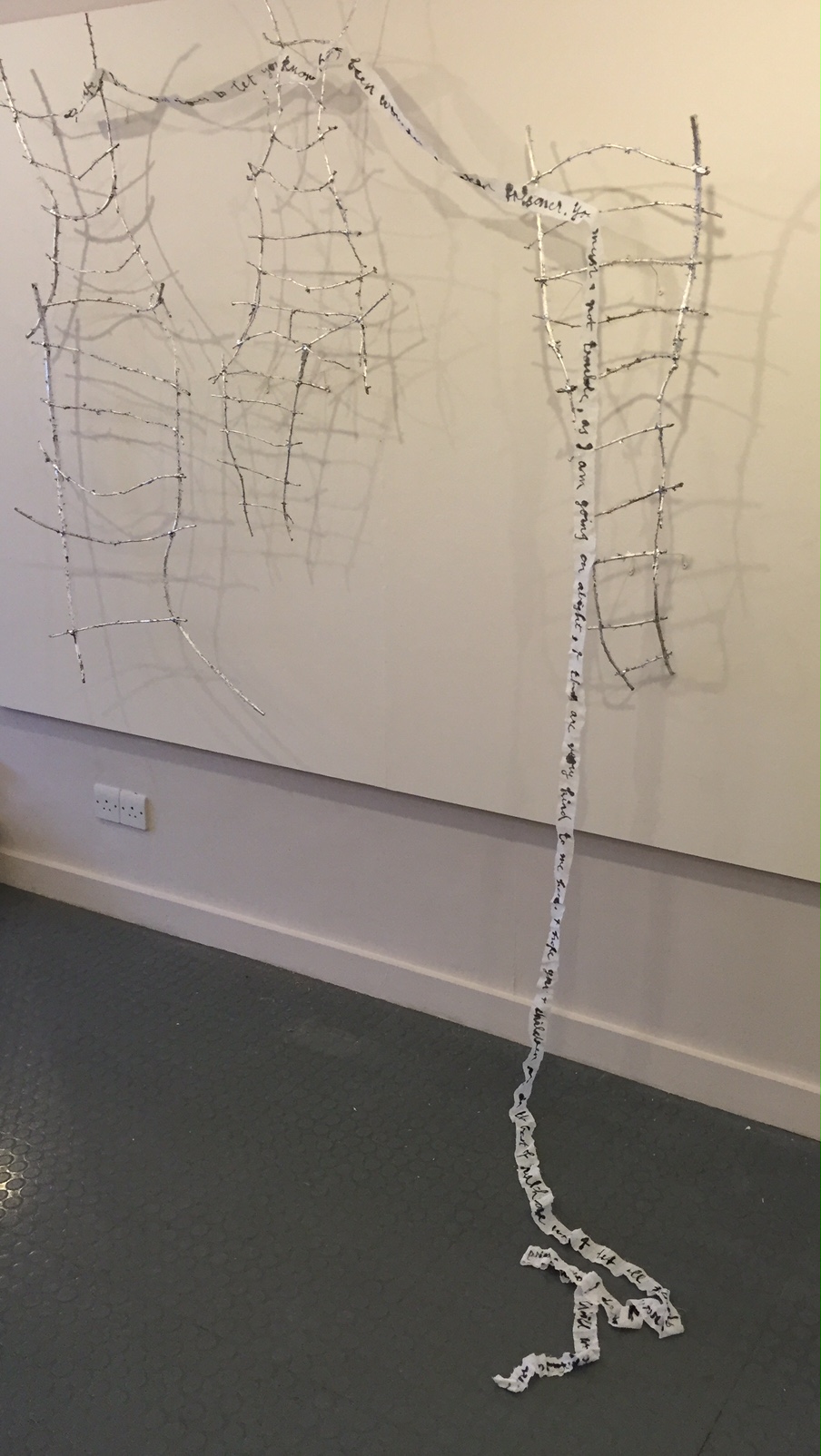
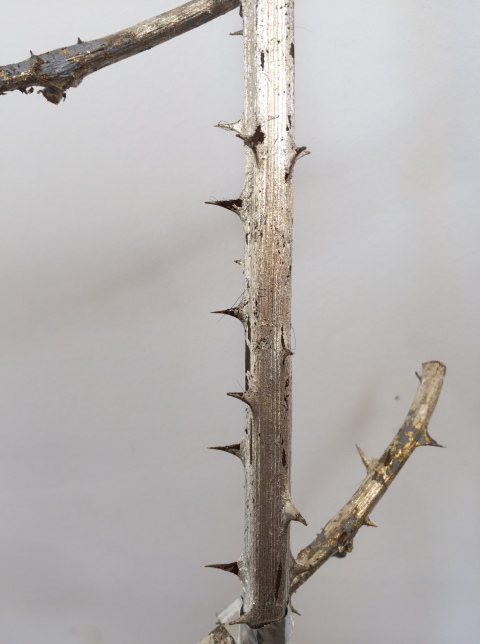
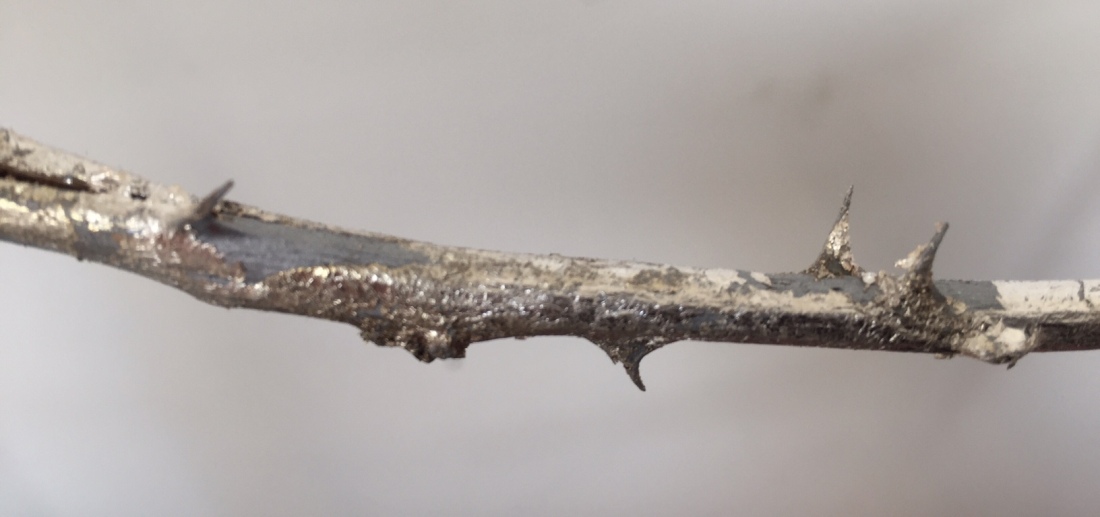
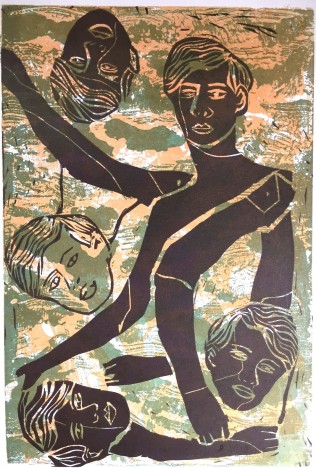
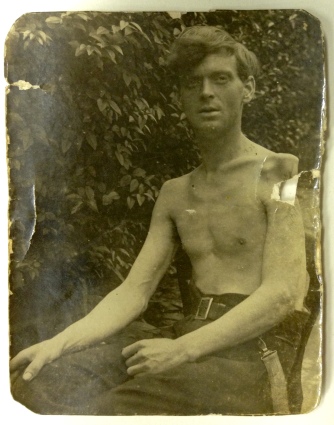
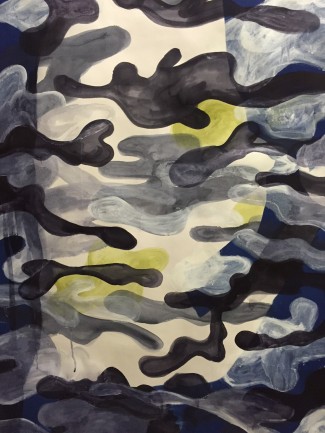
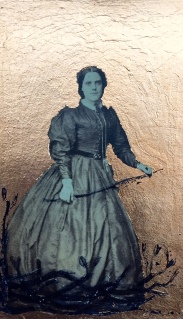
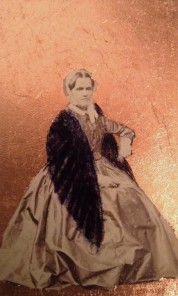
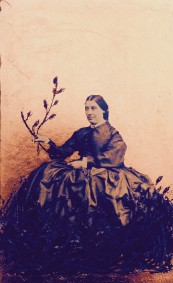
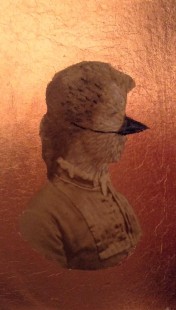 Invented narratives for found Victorian photographs. Copper gilding and ink
Invented narratives for found Victorian photographs. Copper gilding and ink